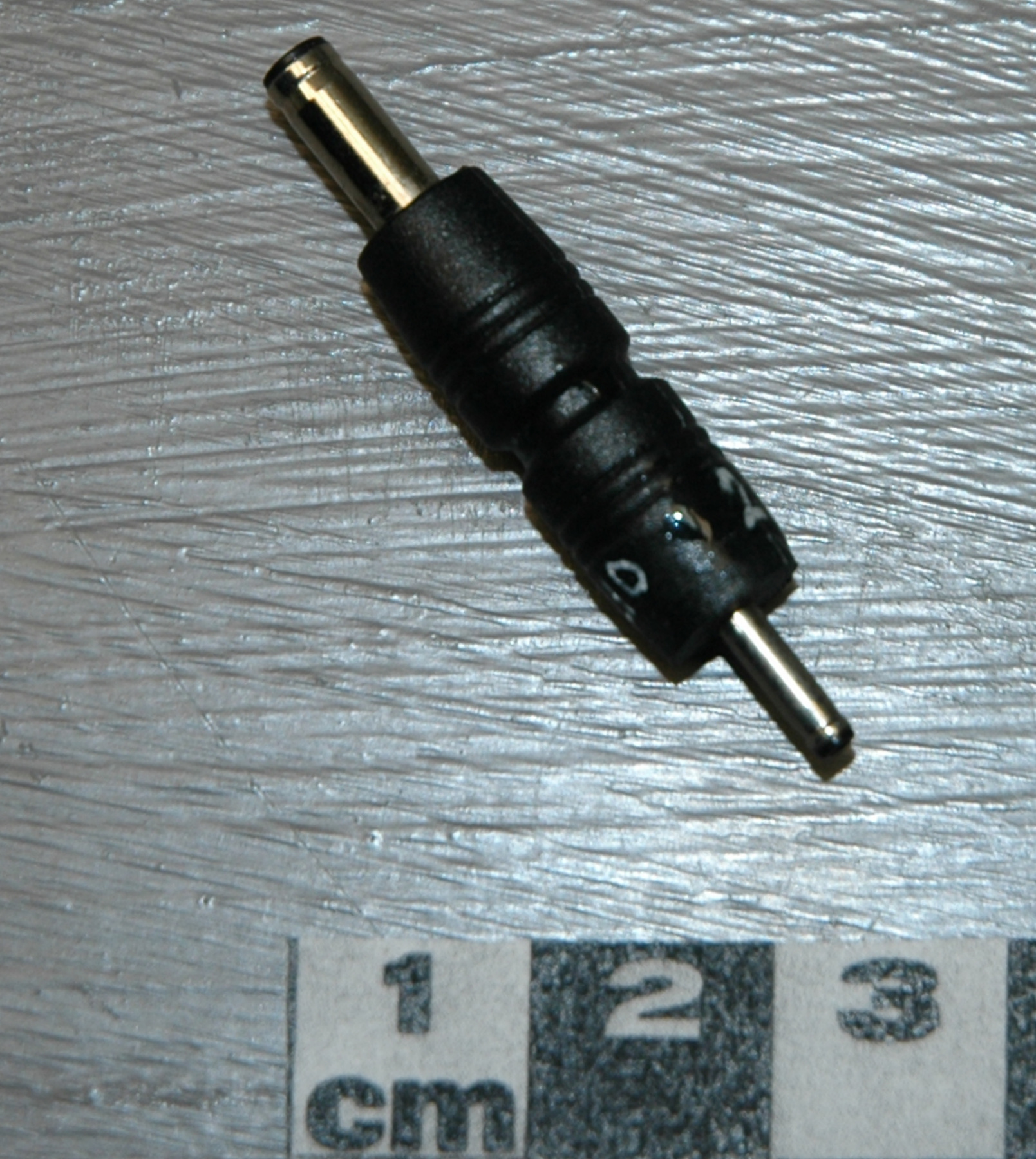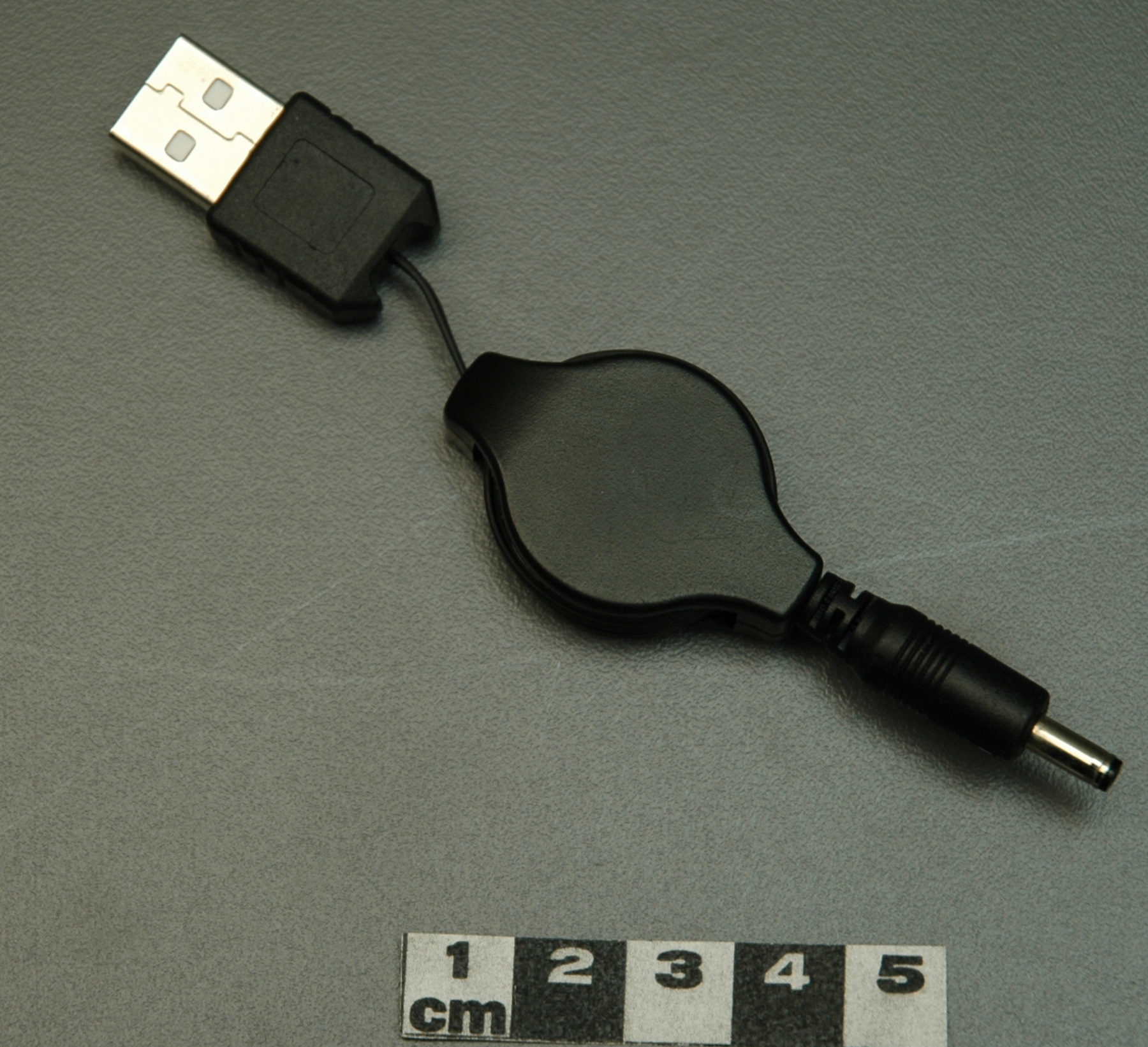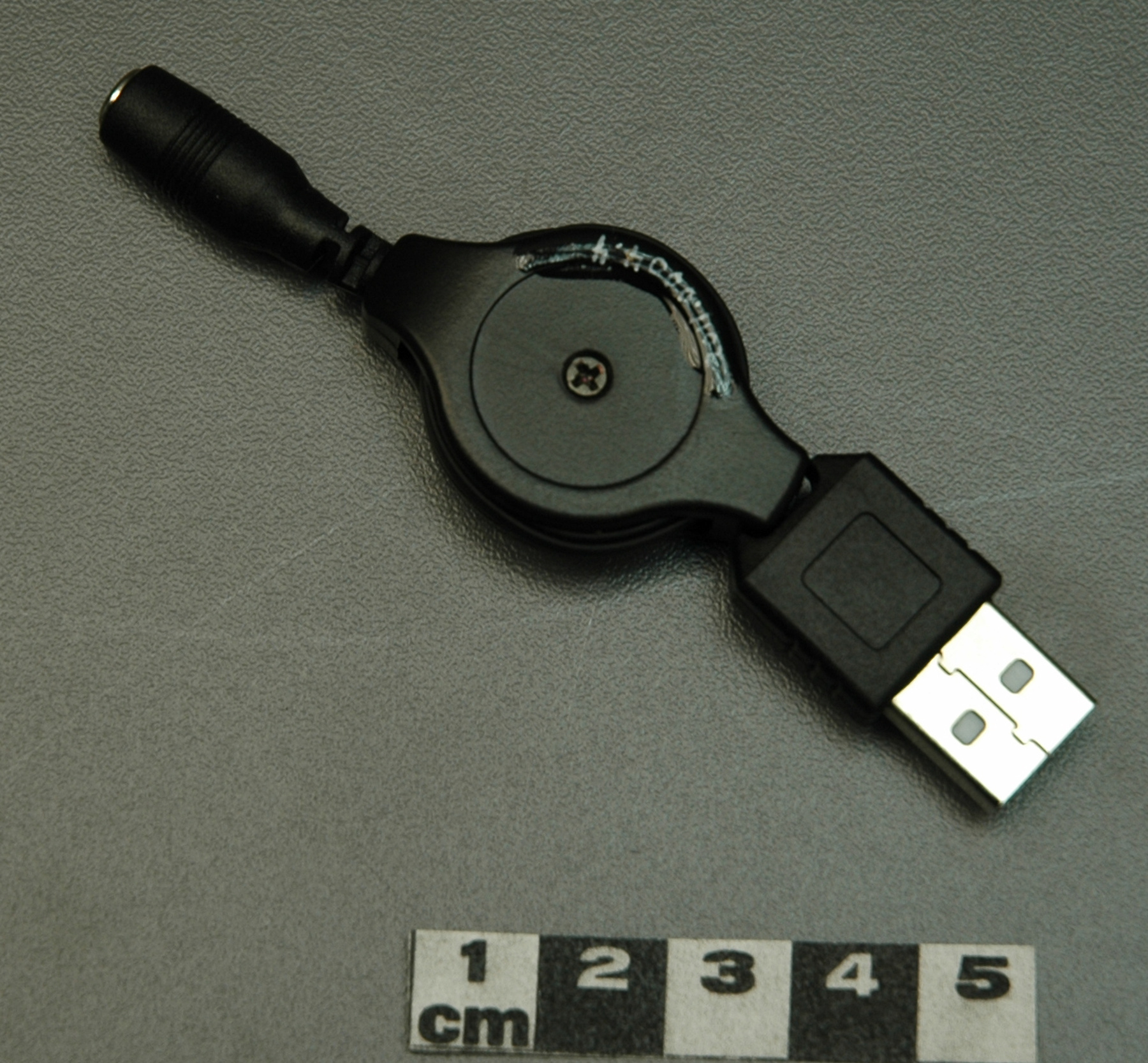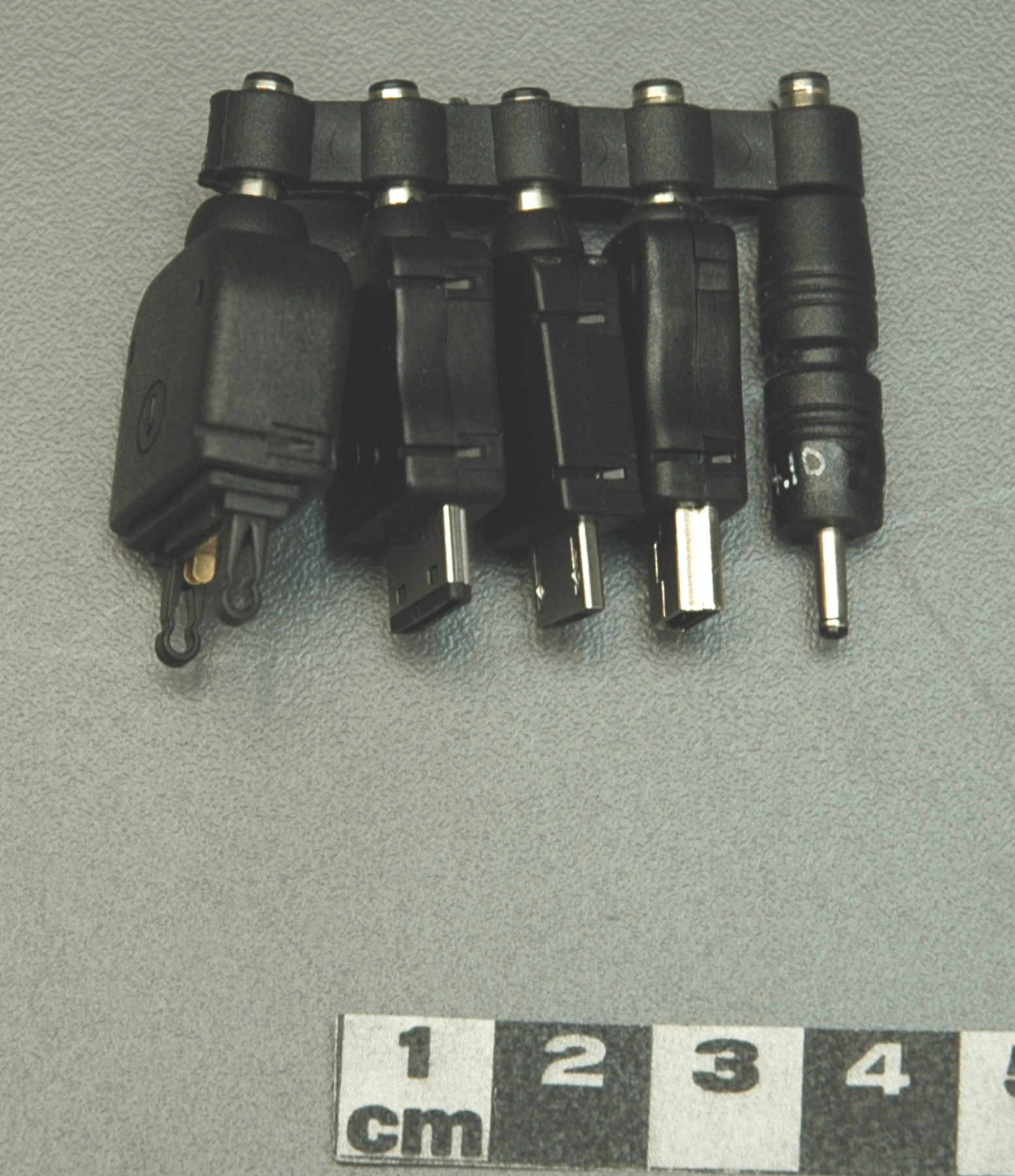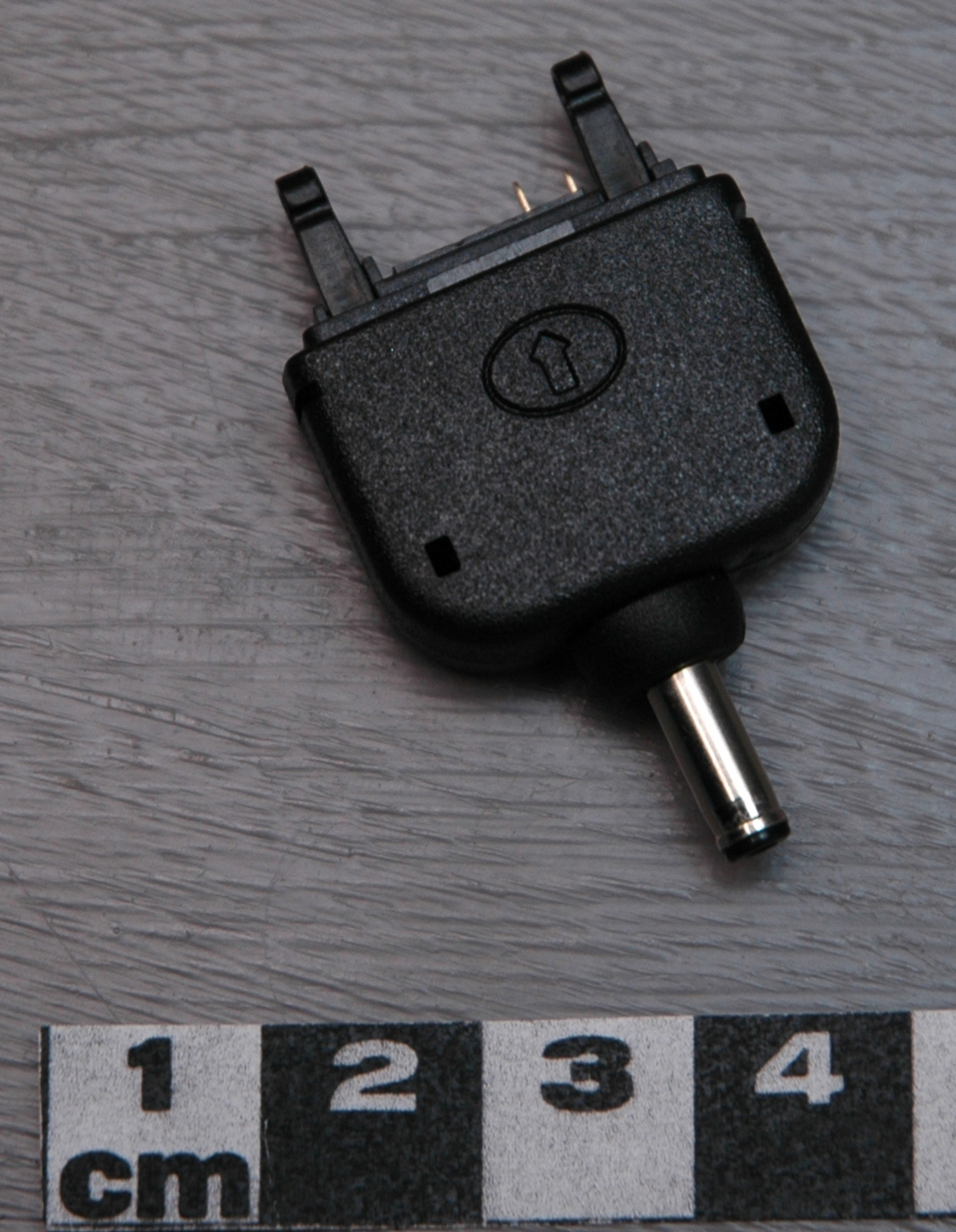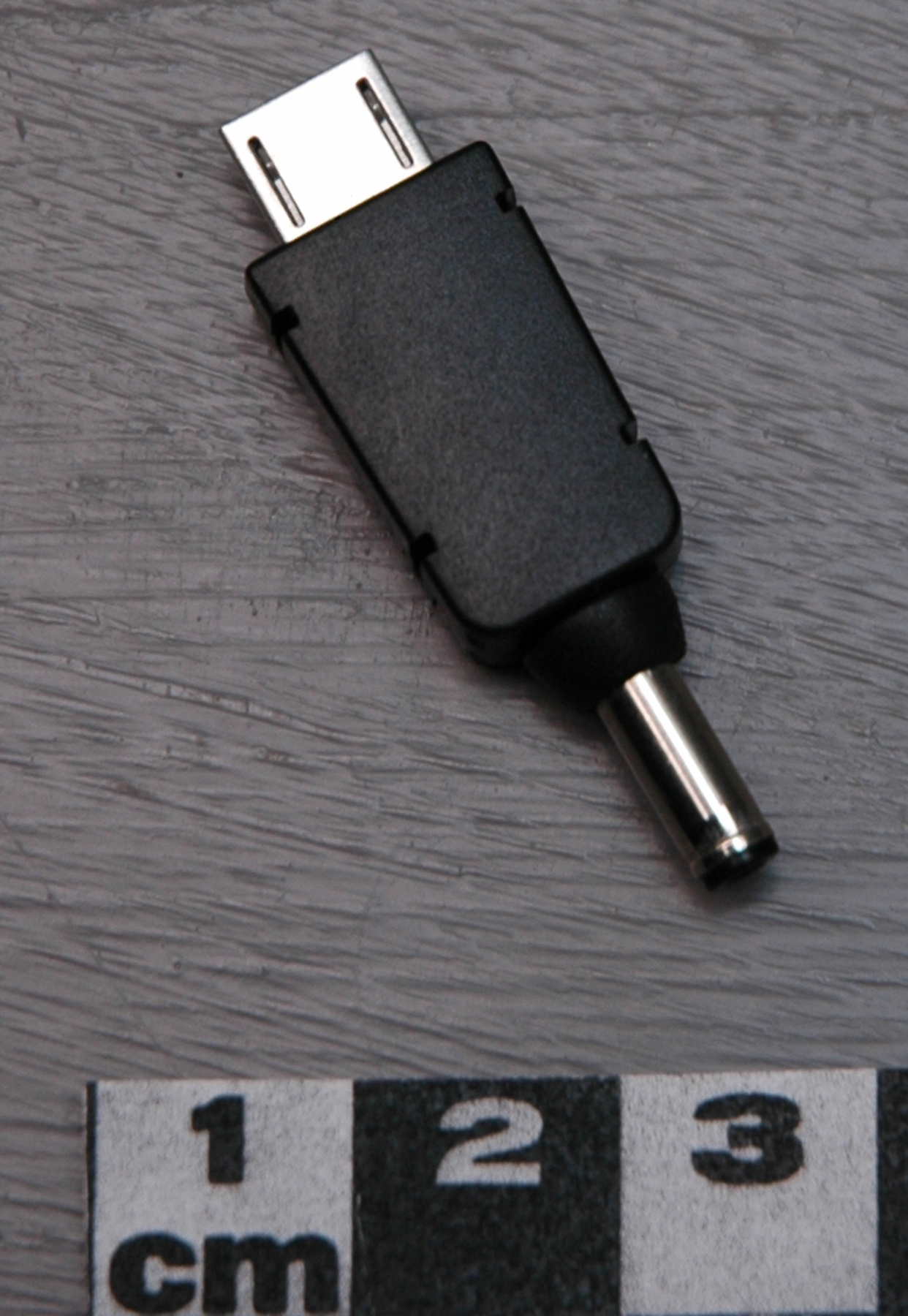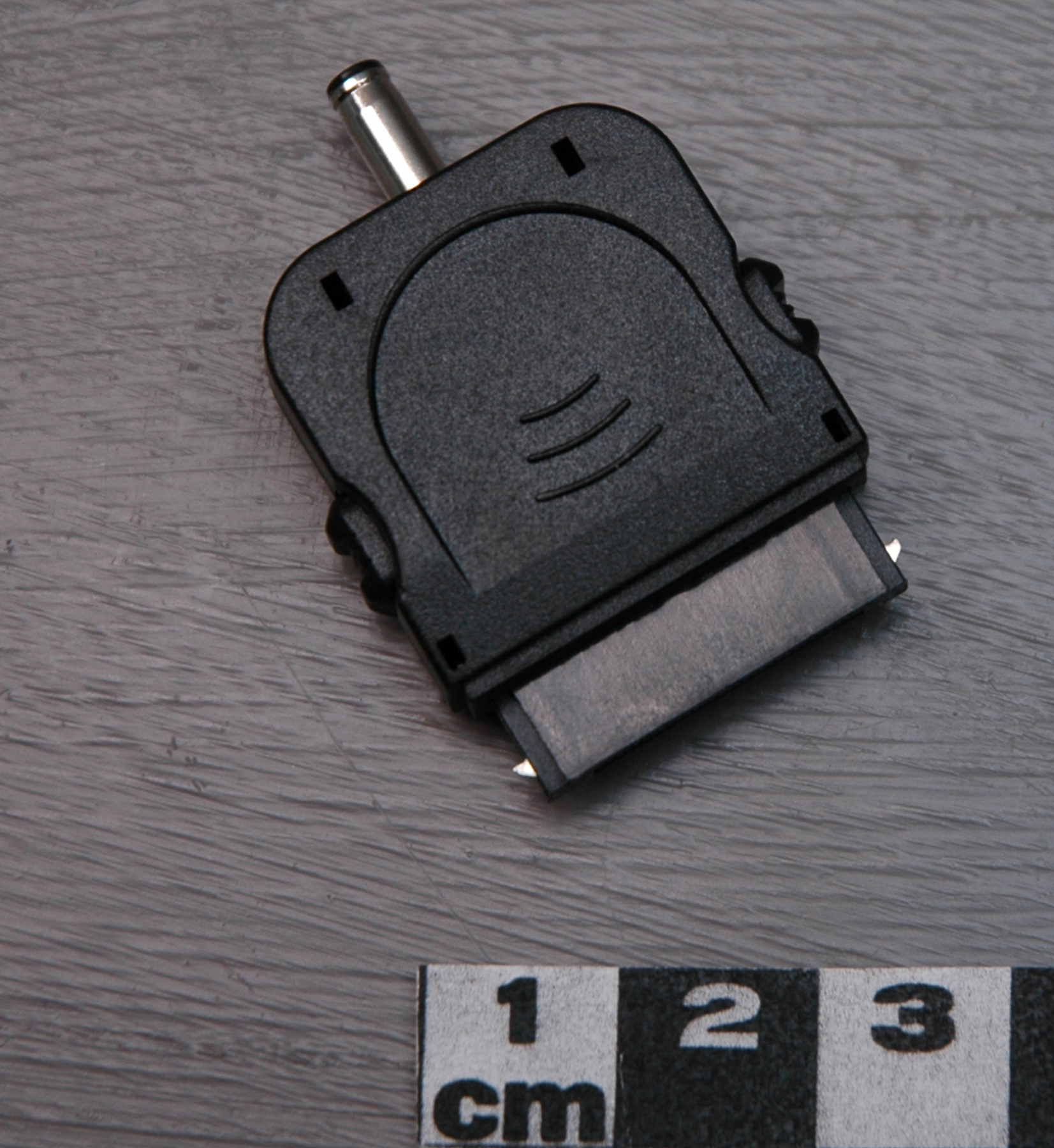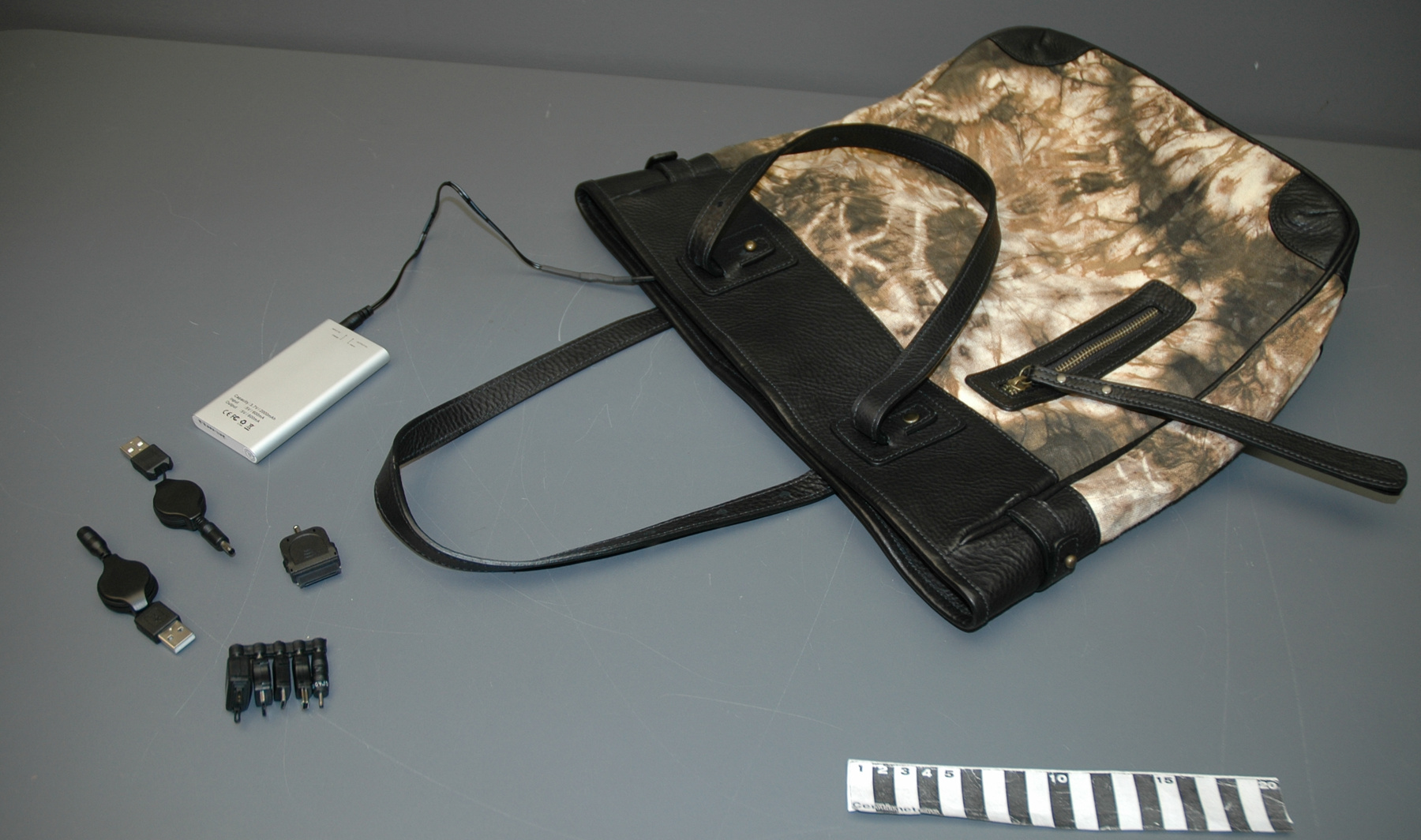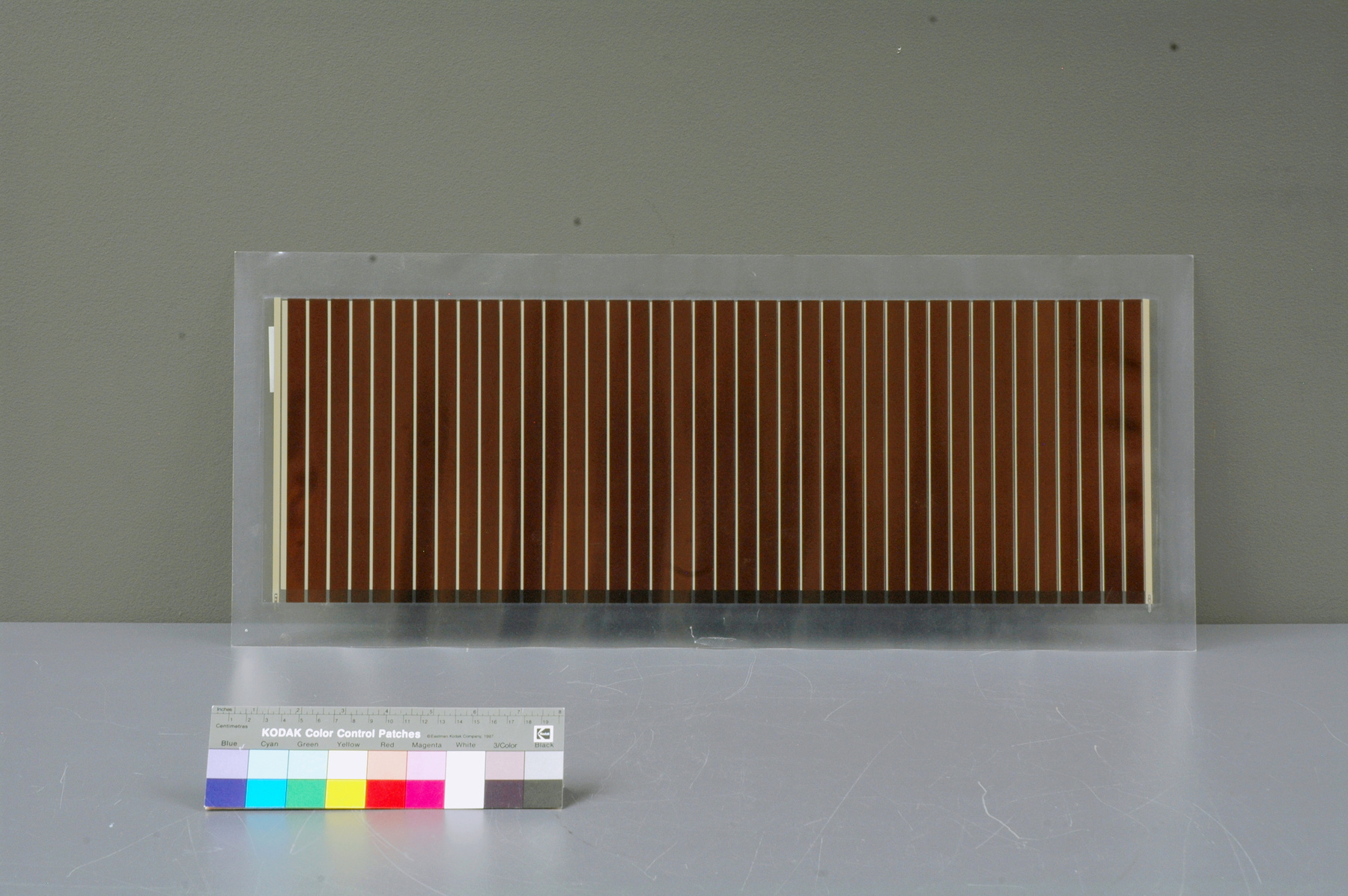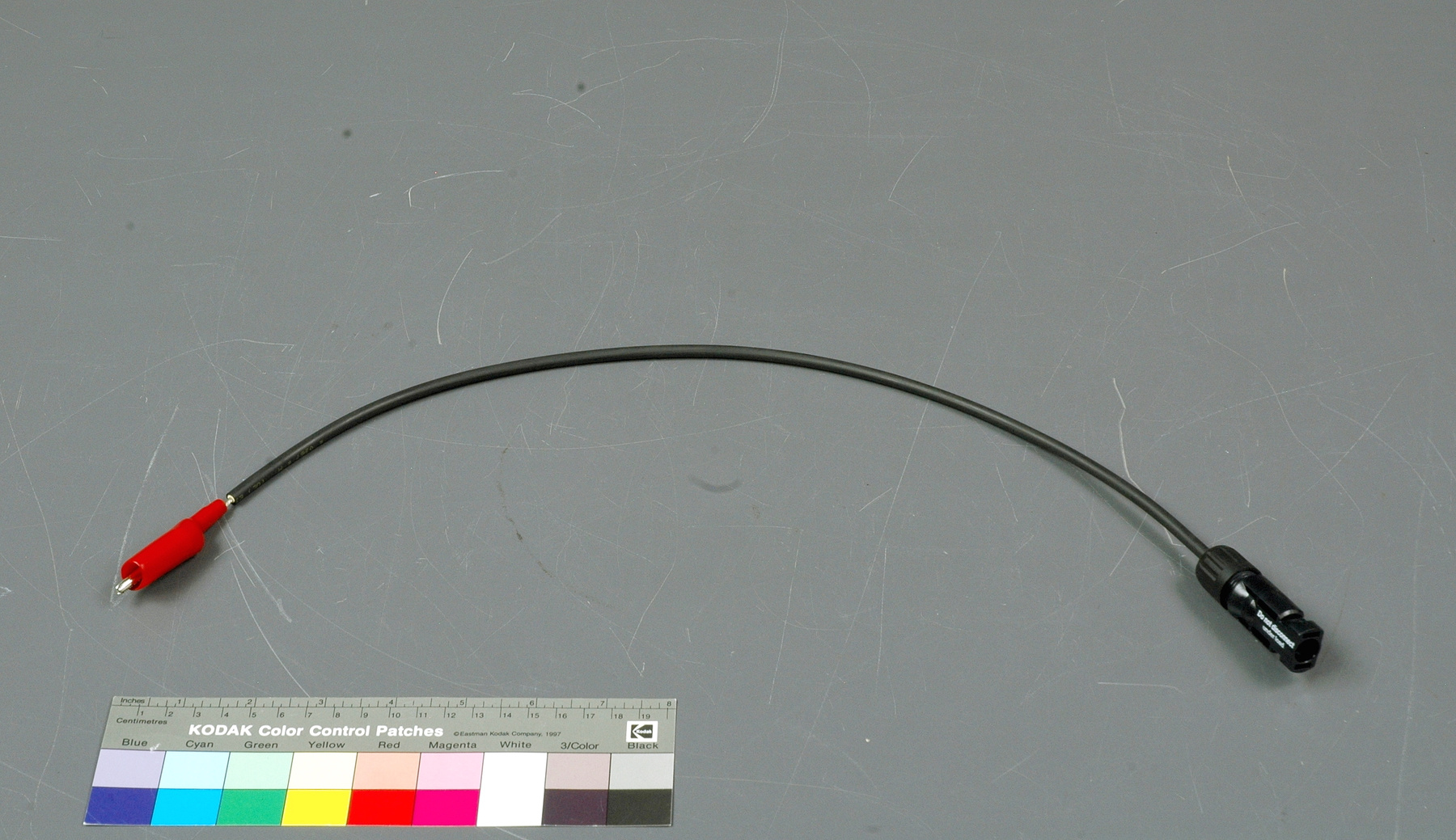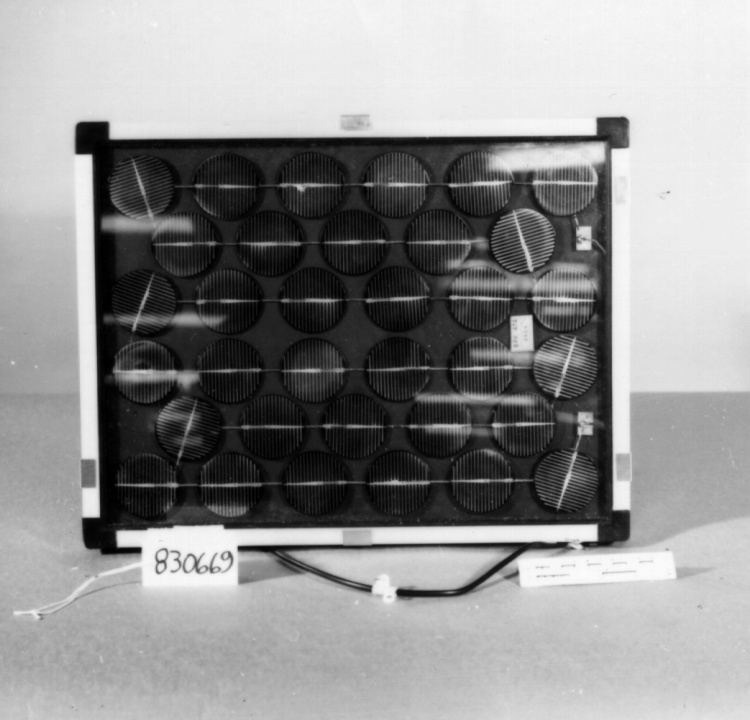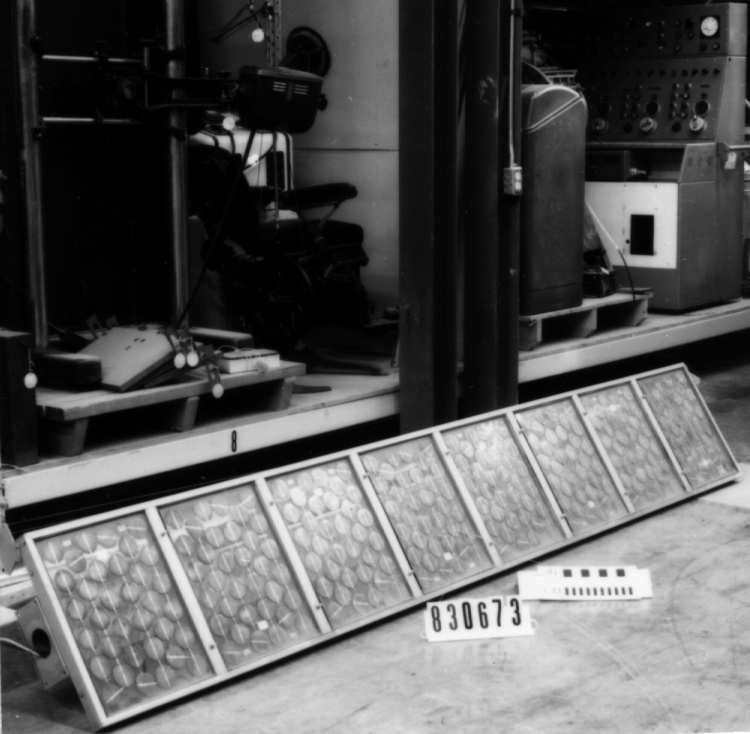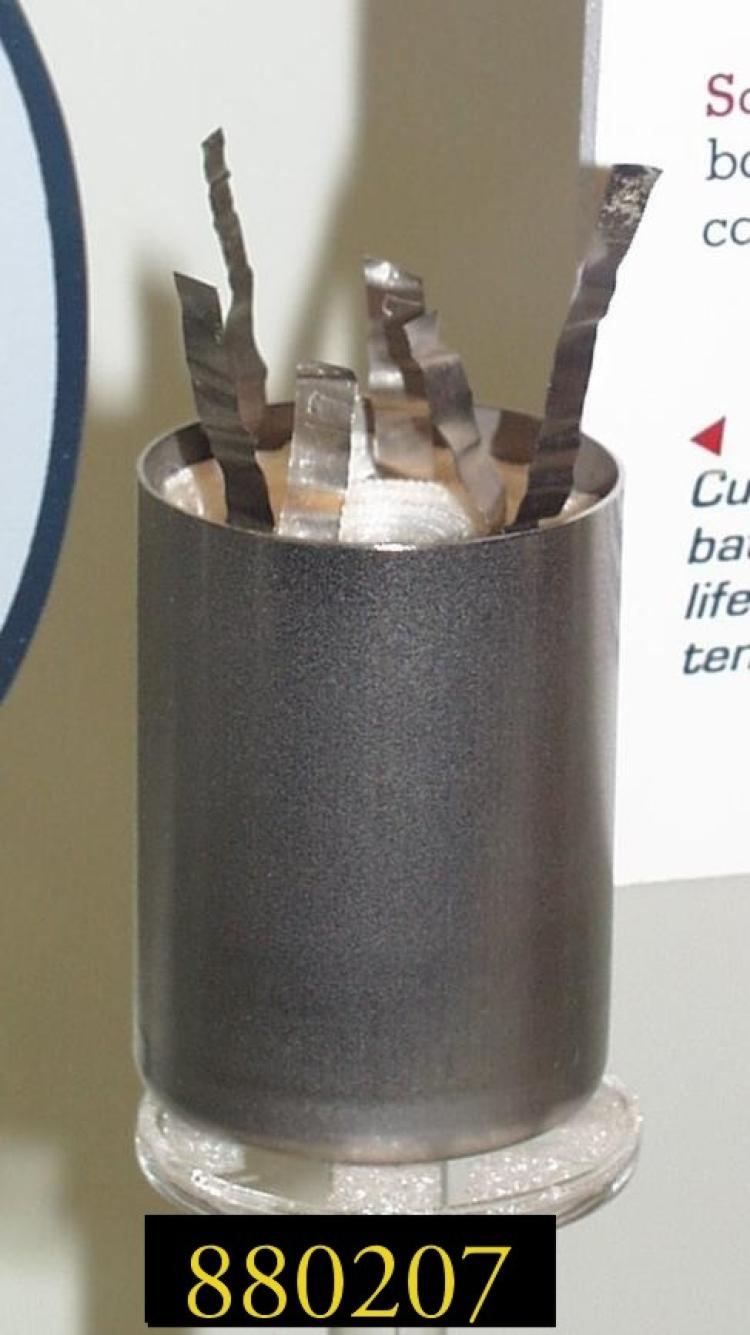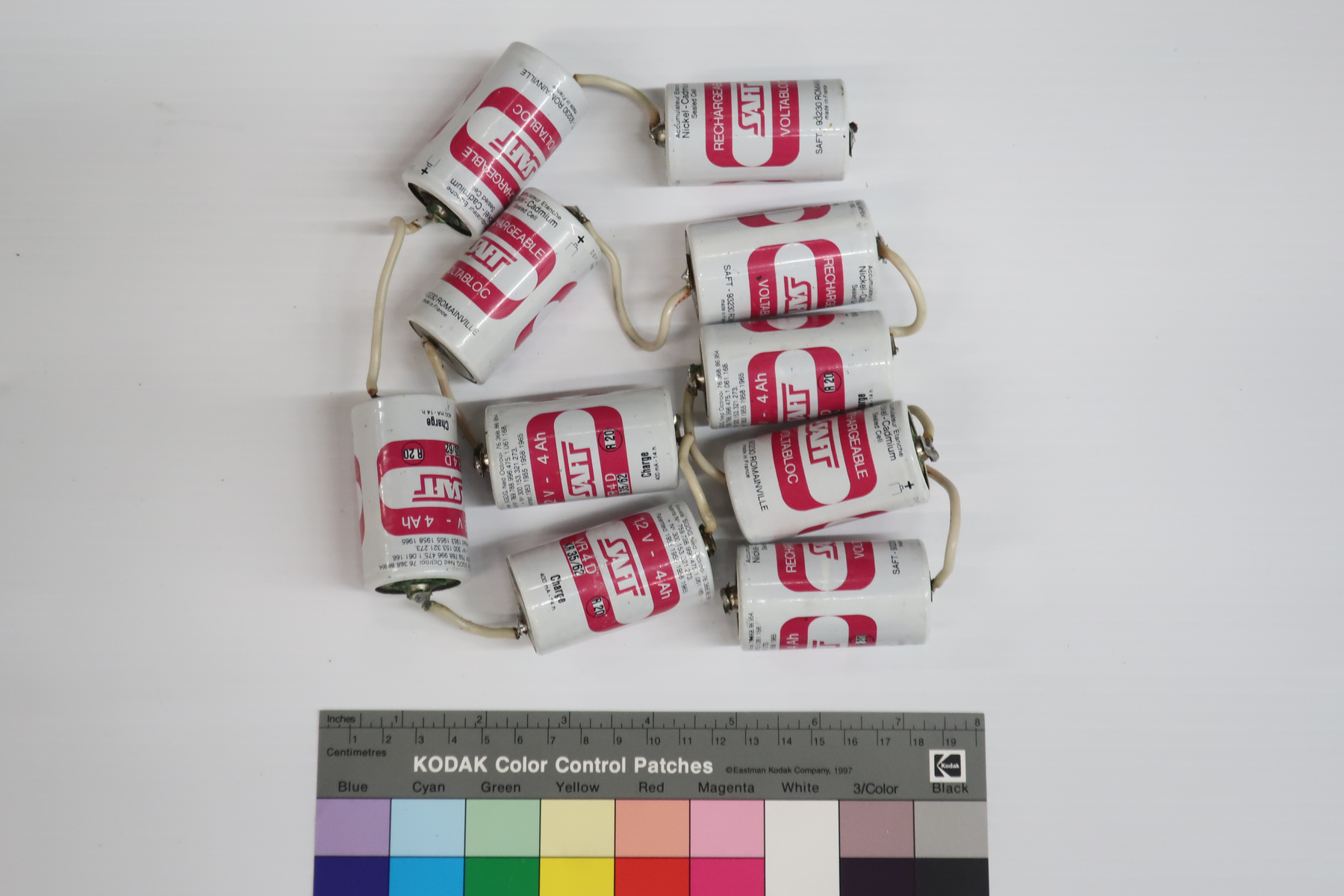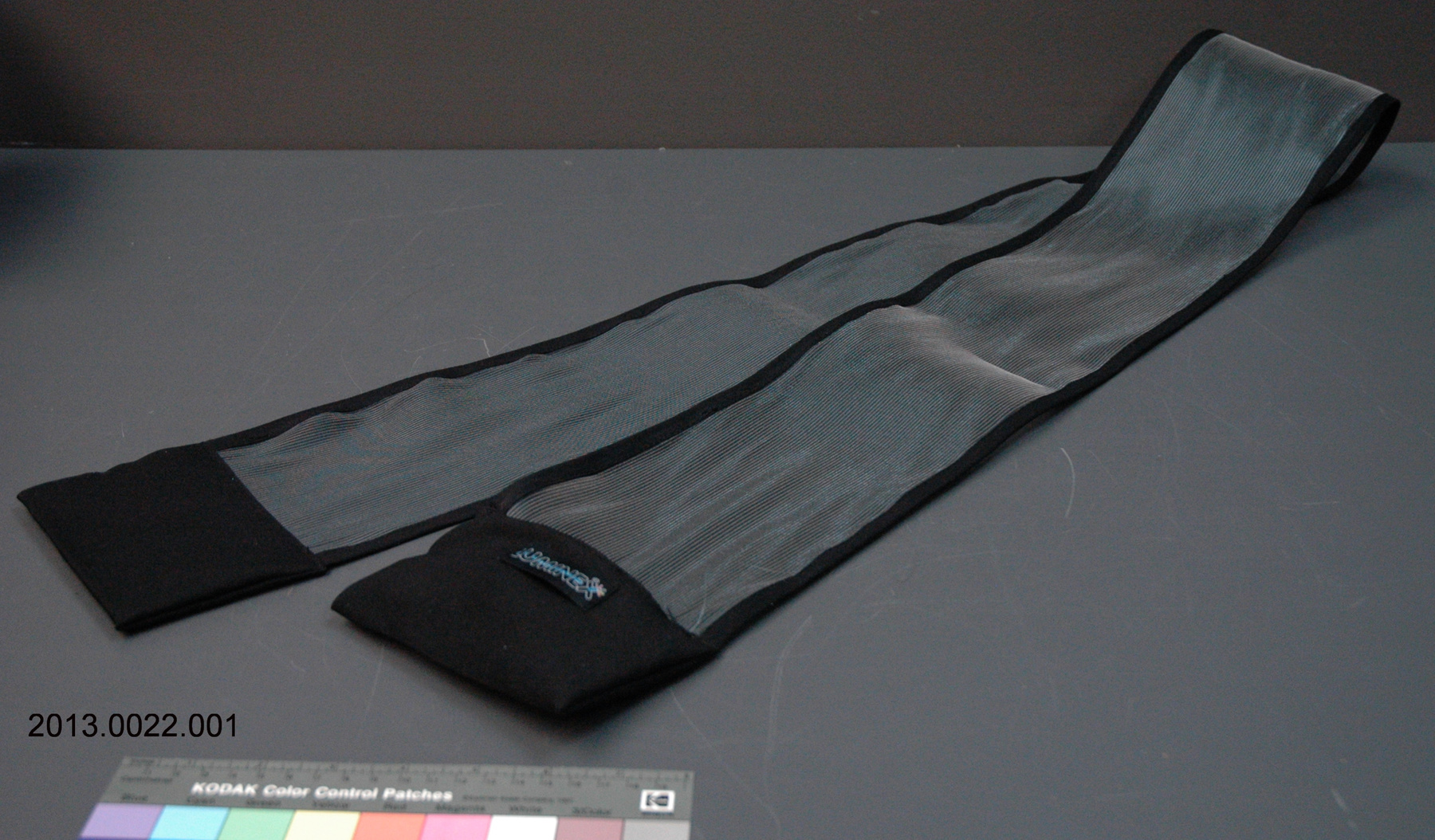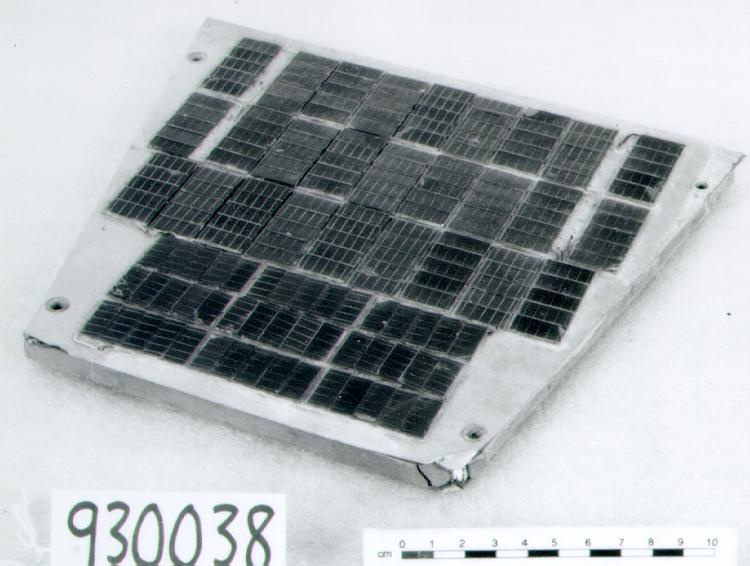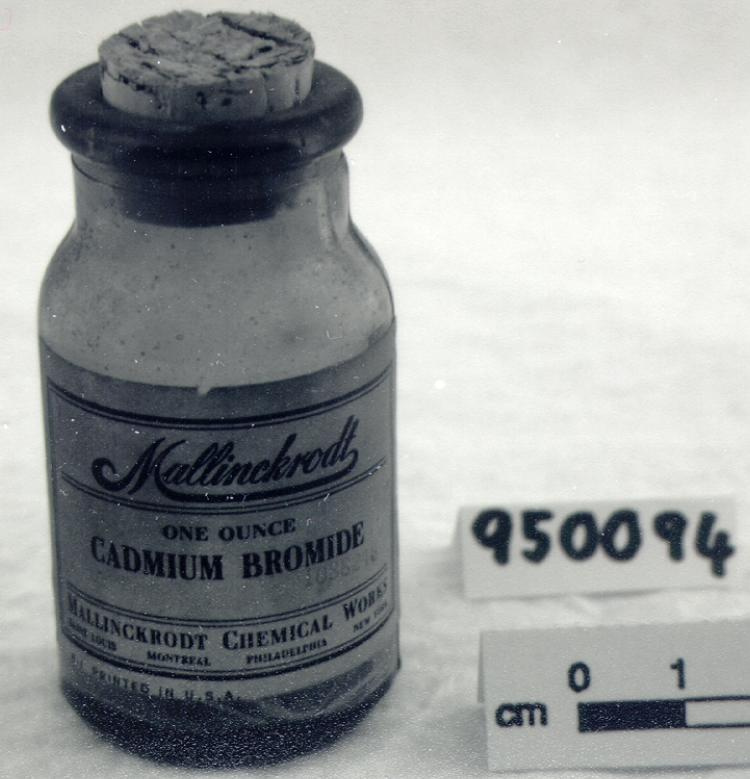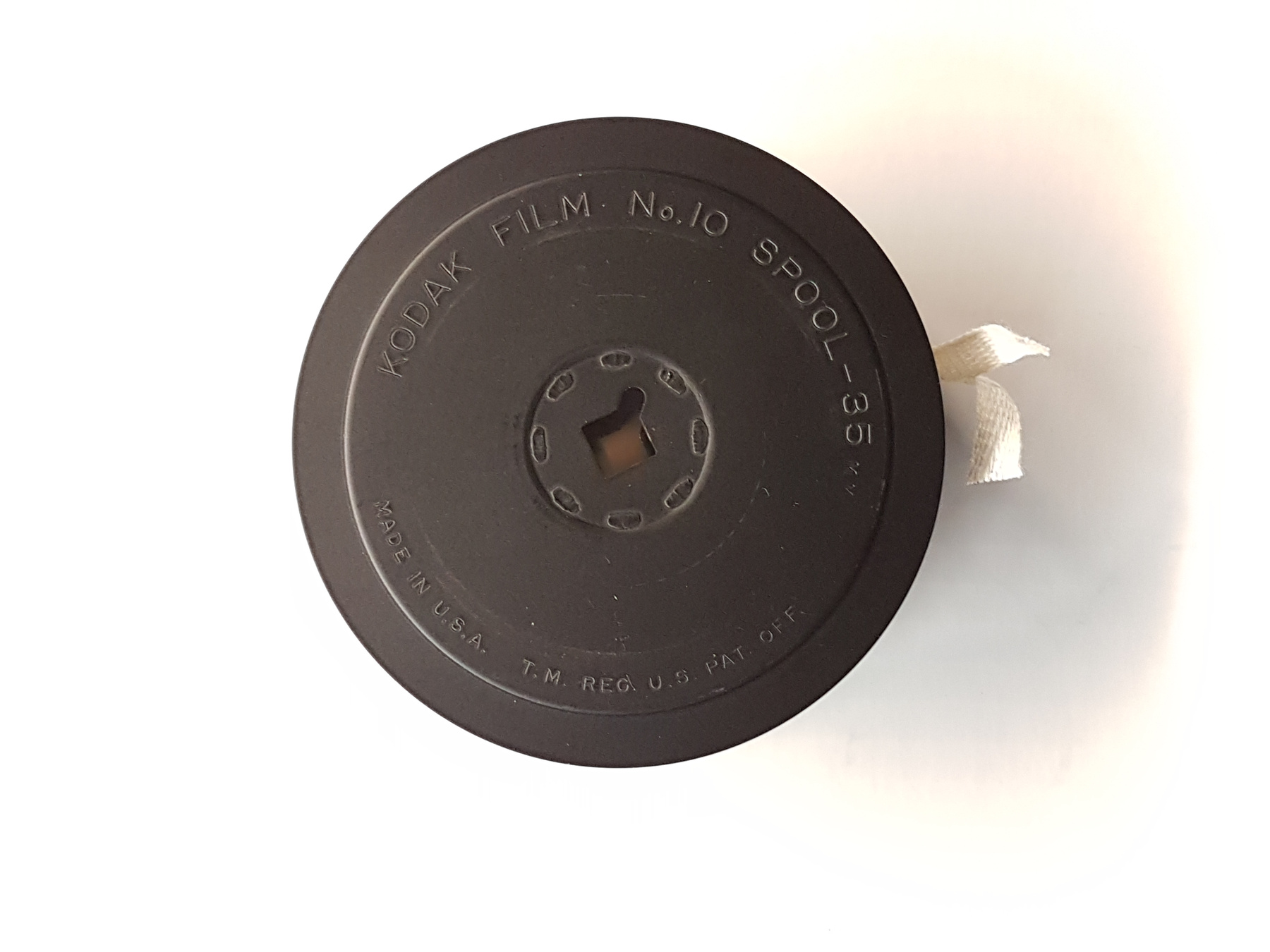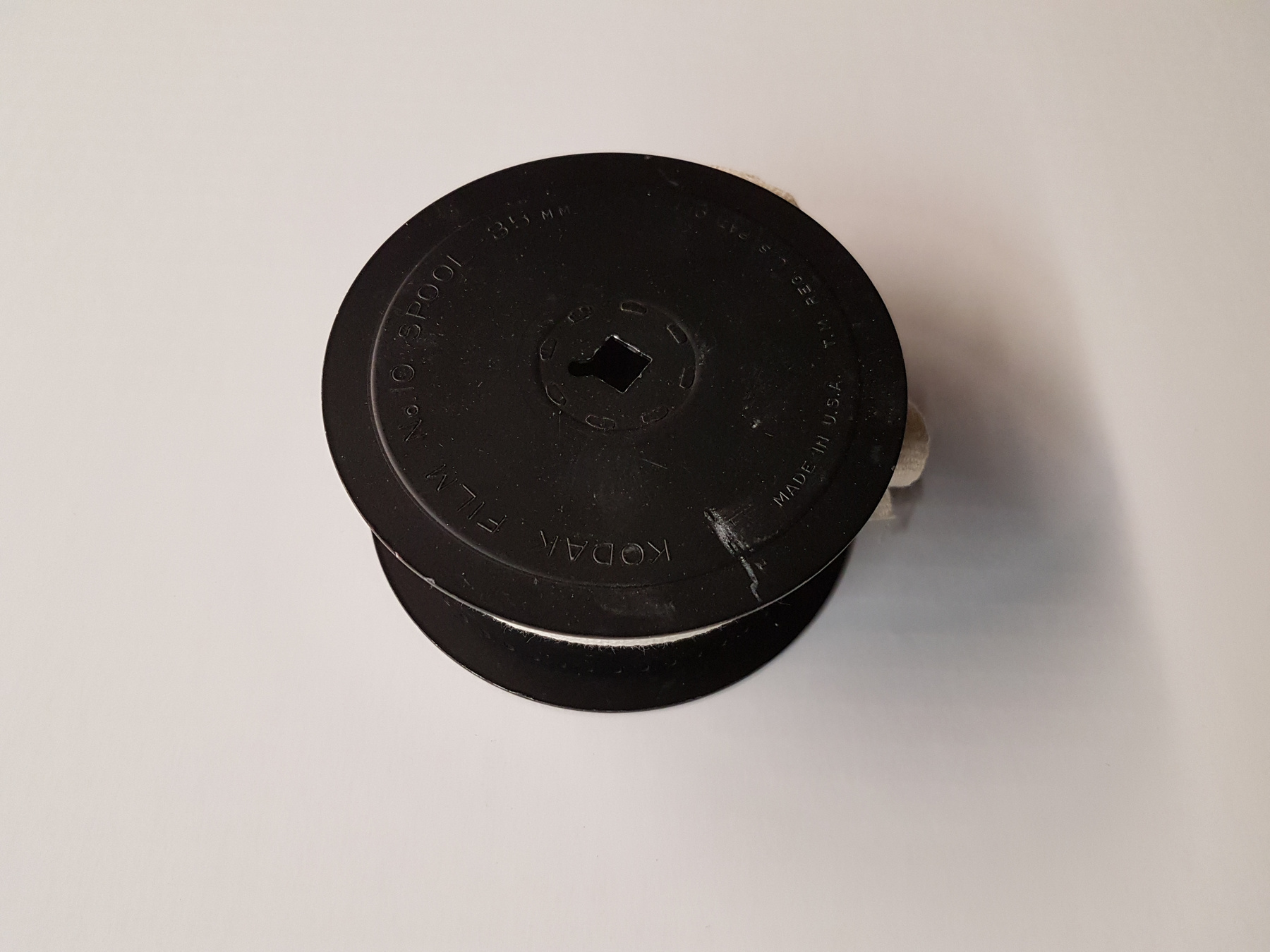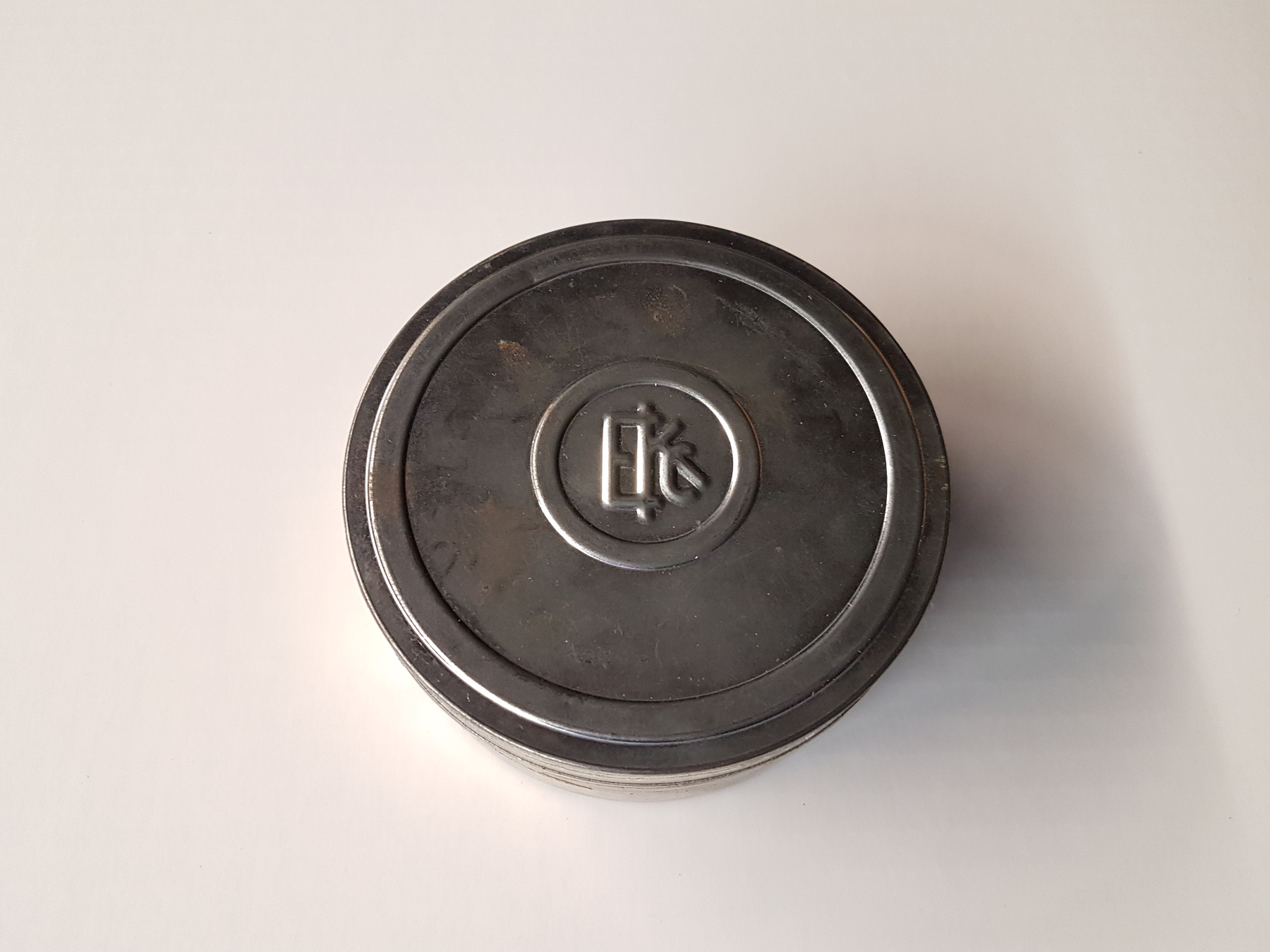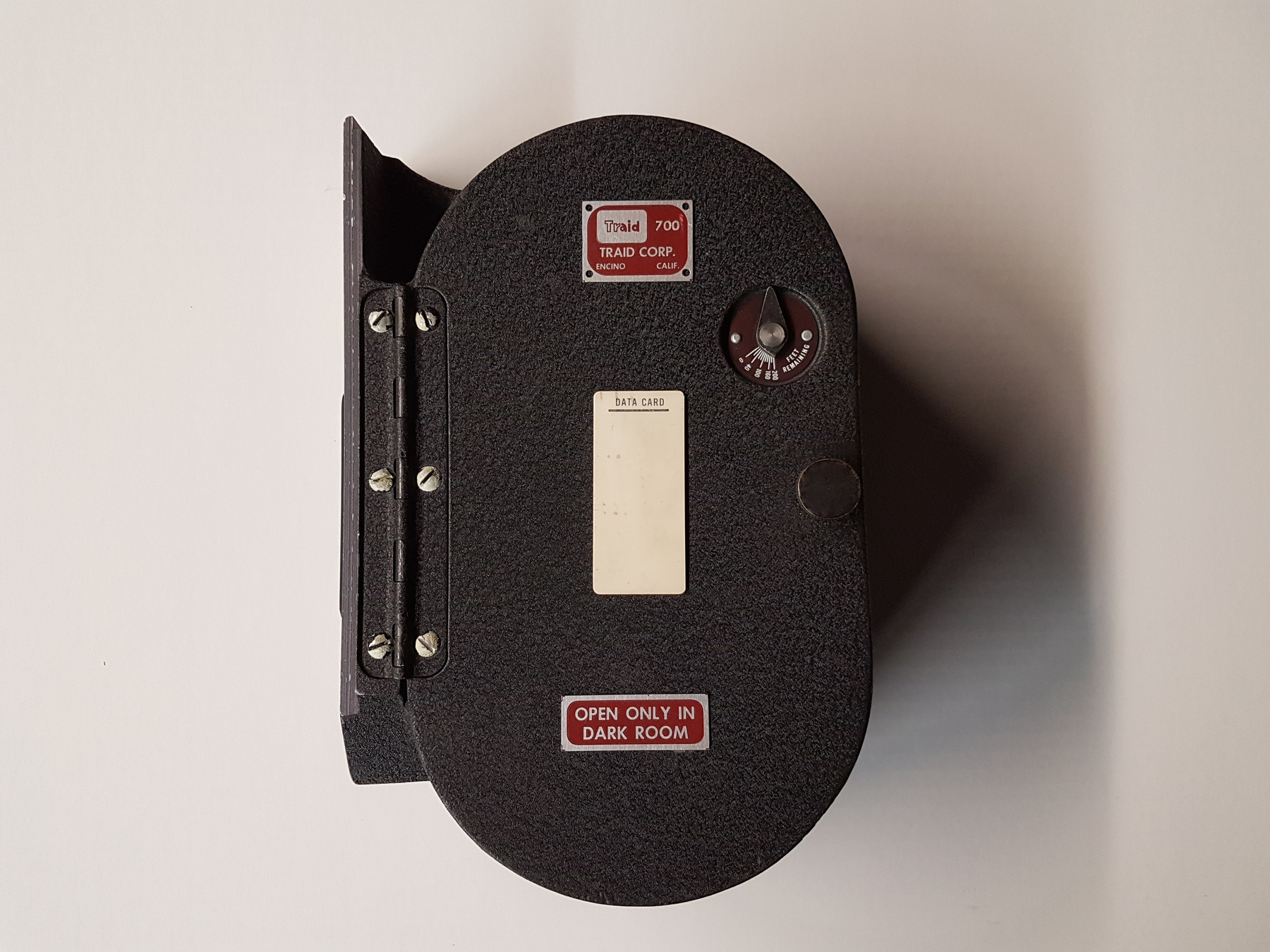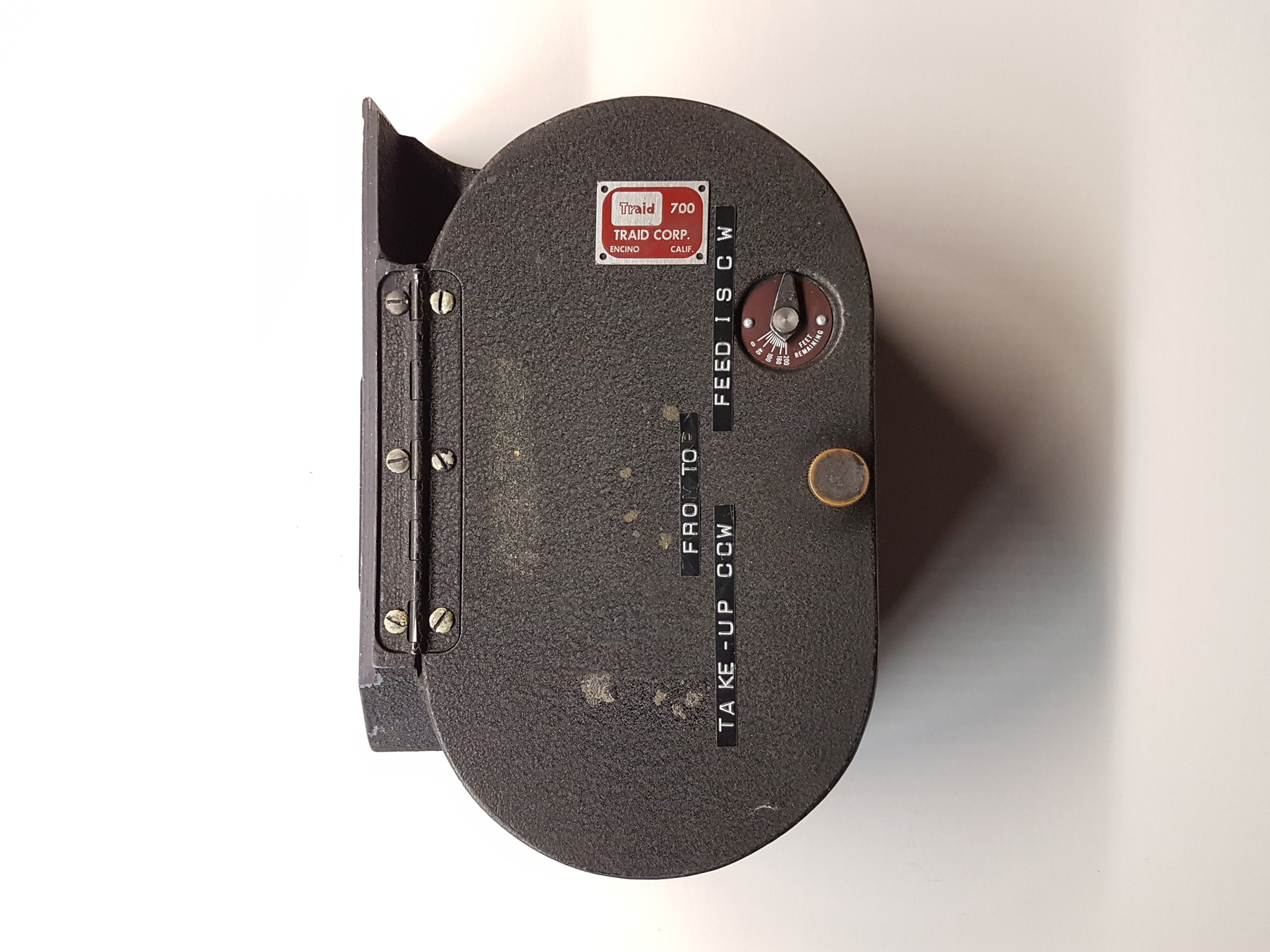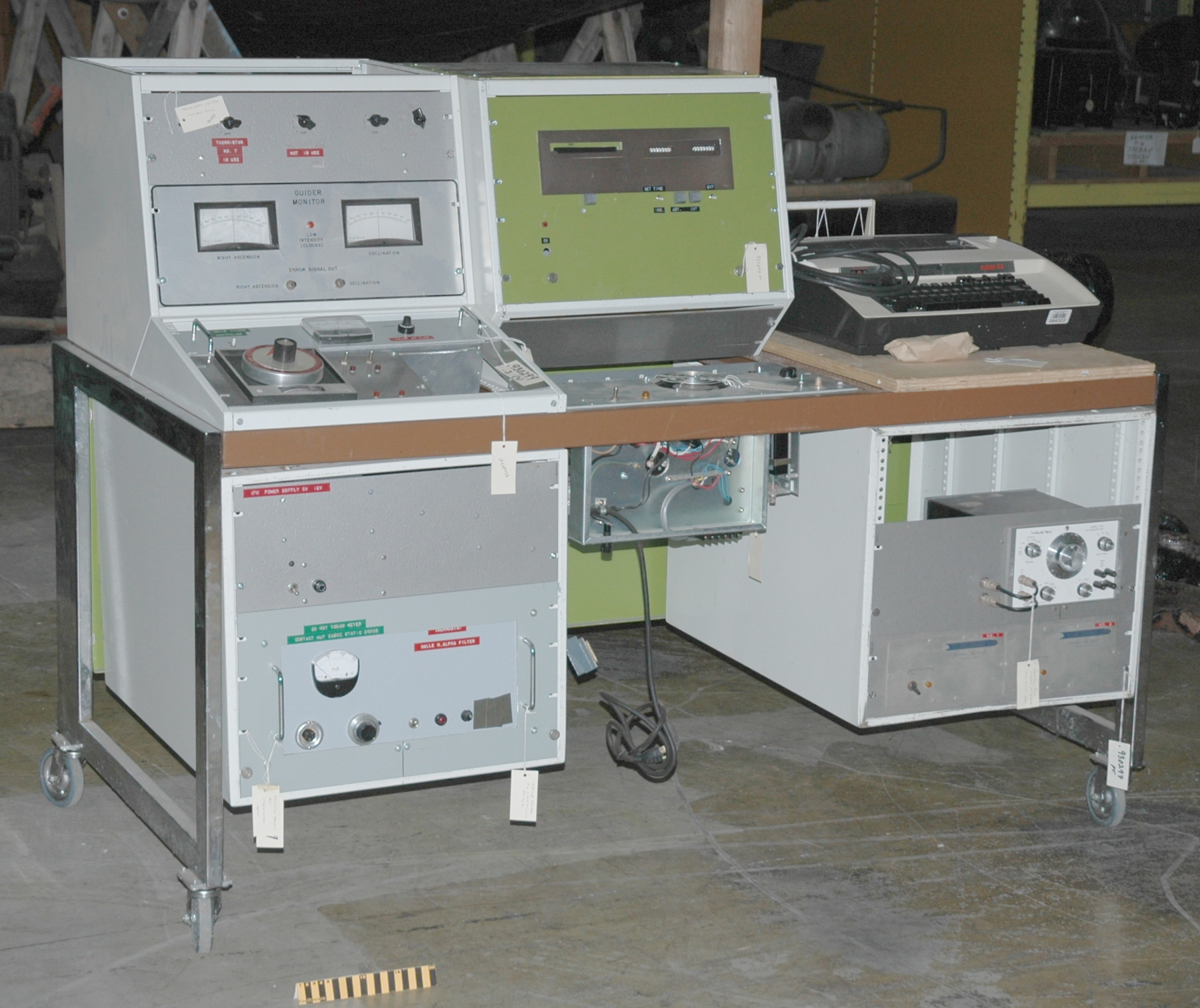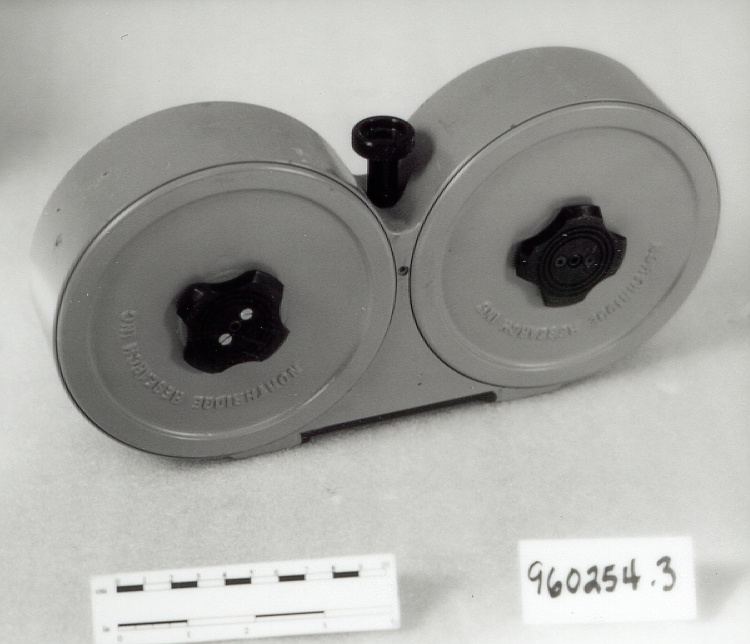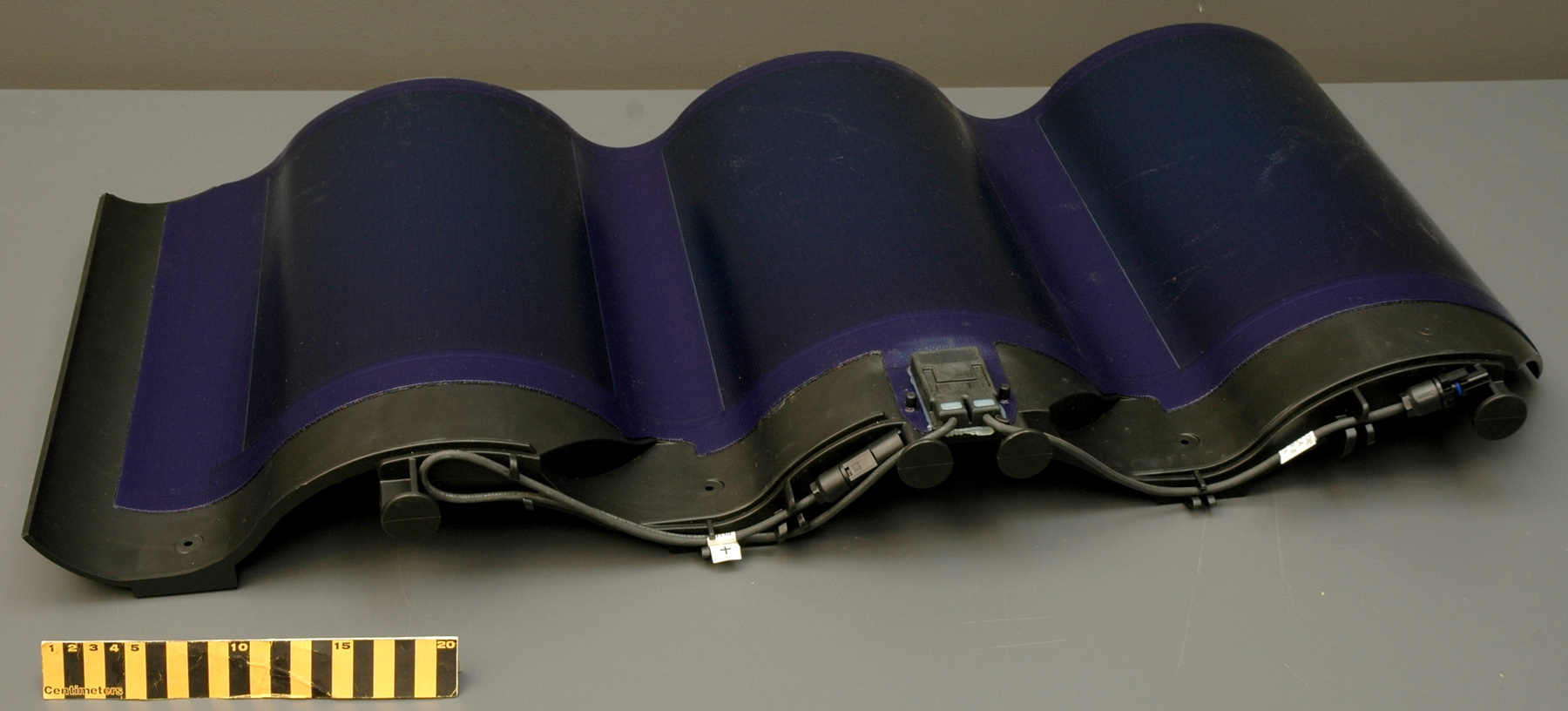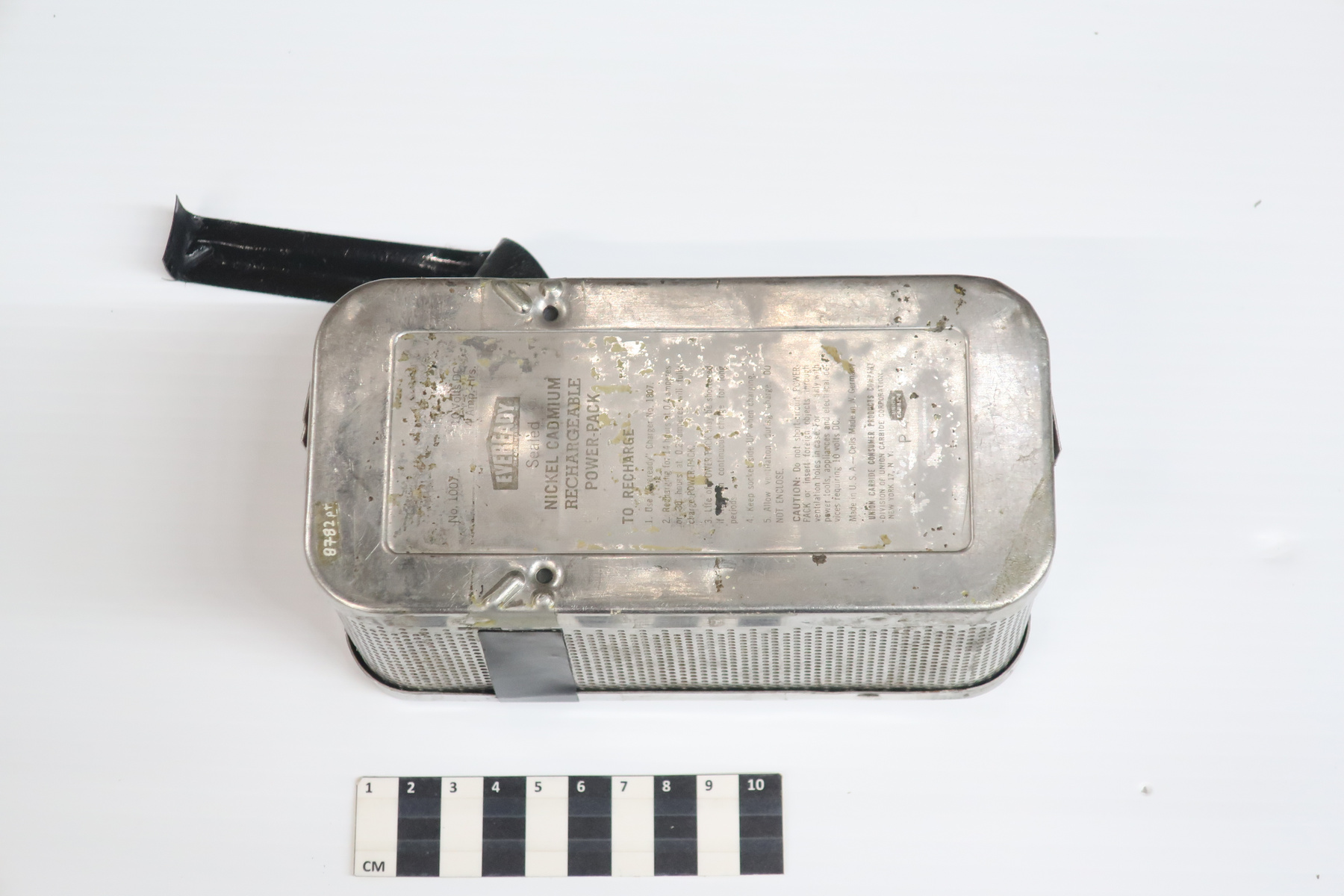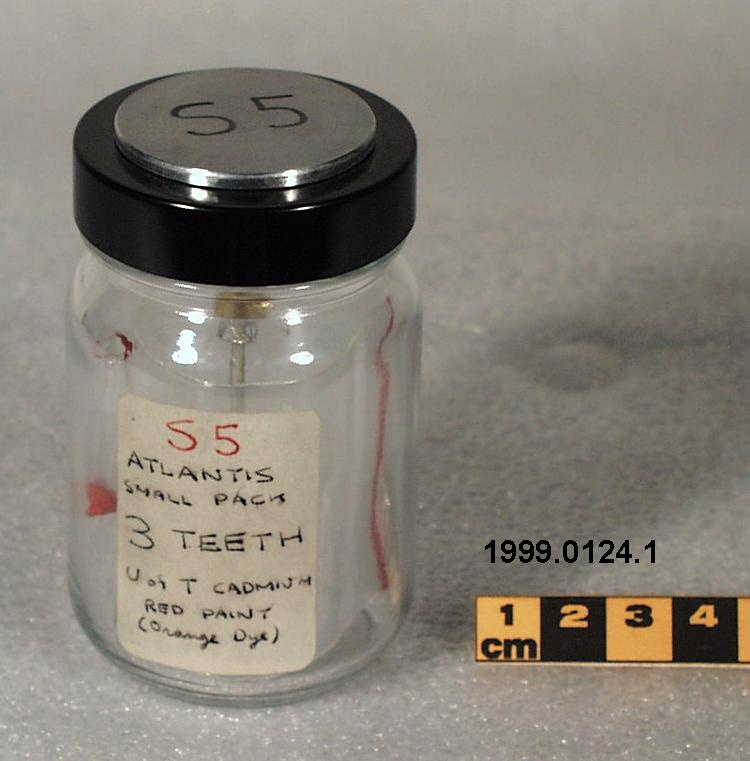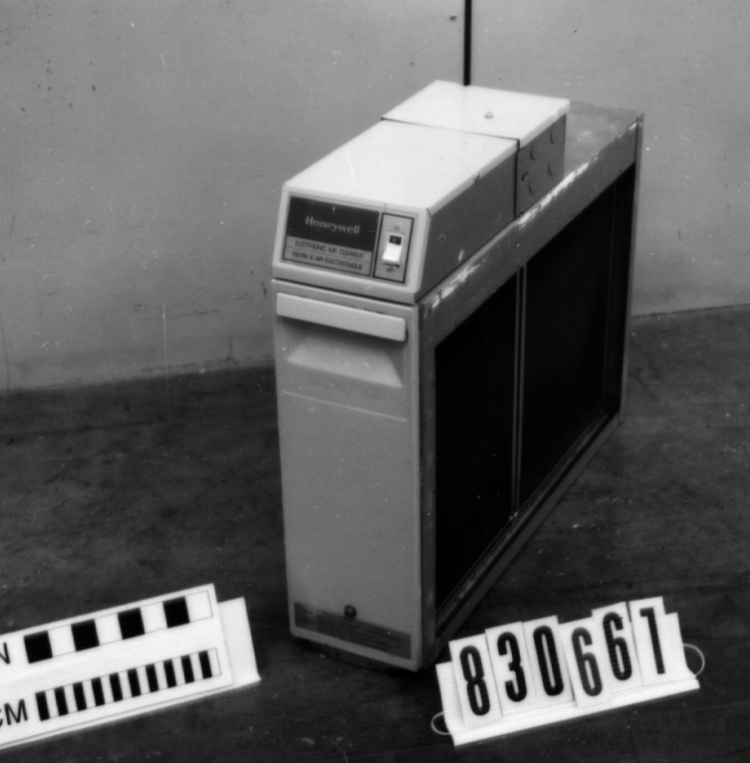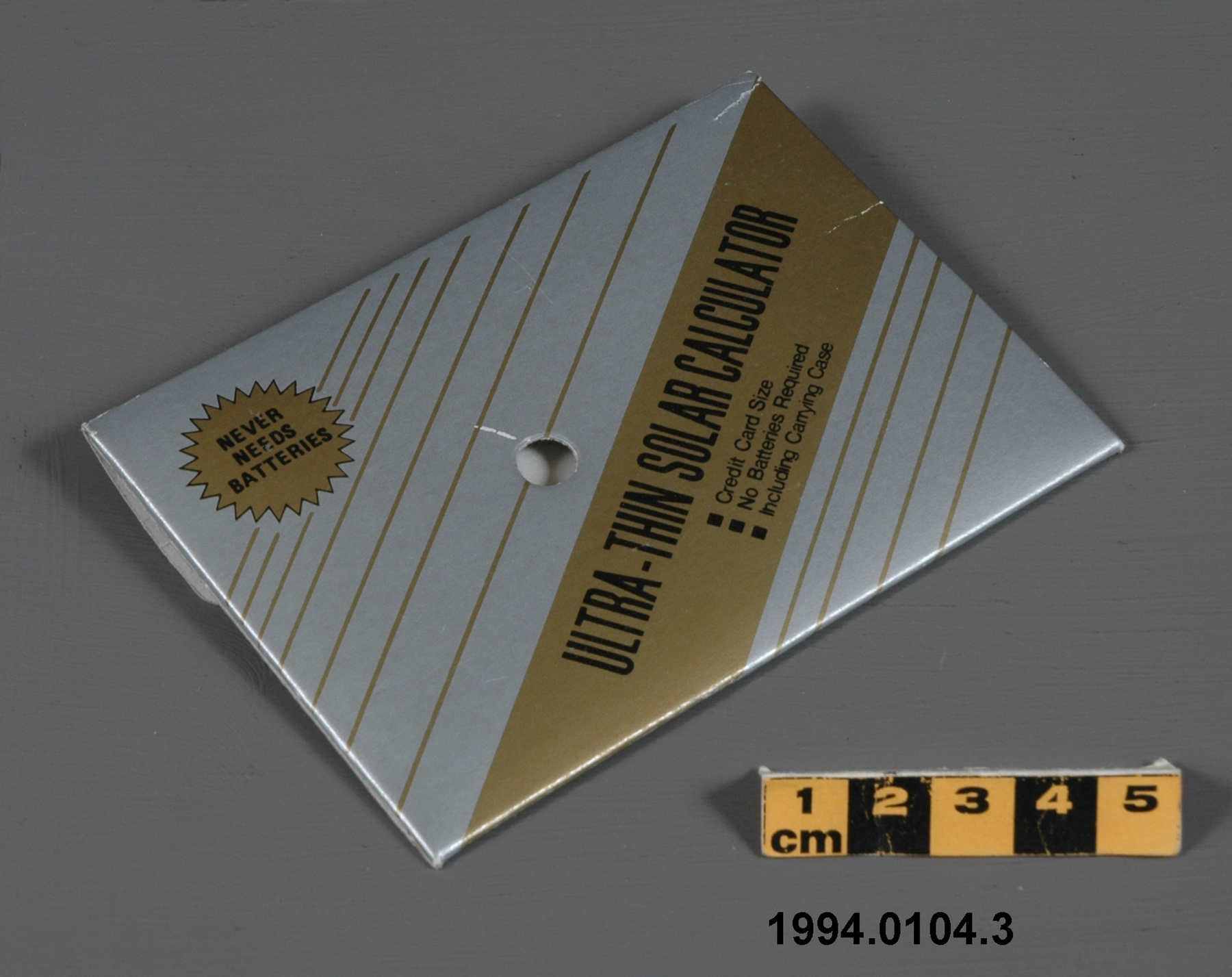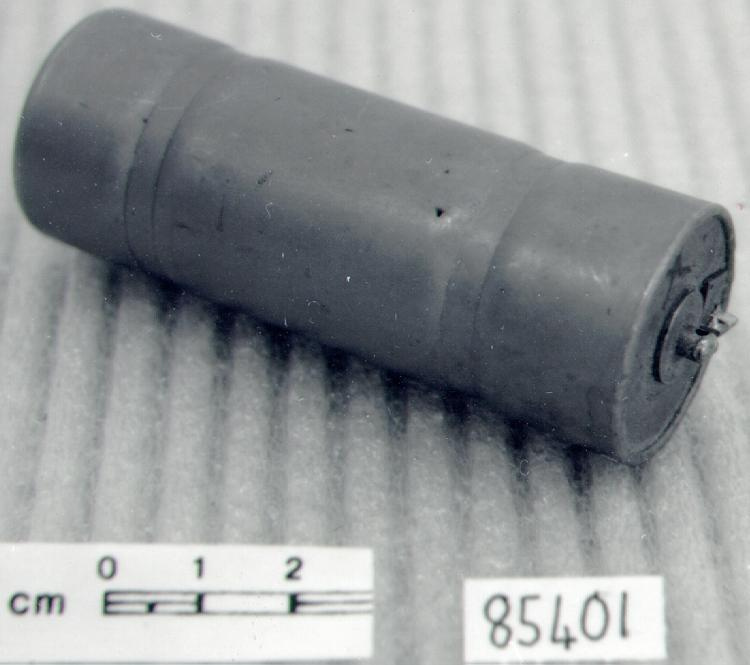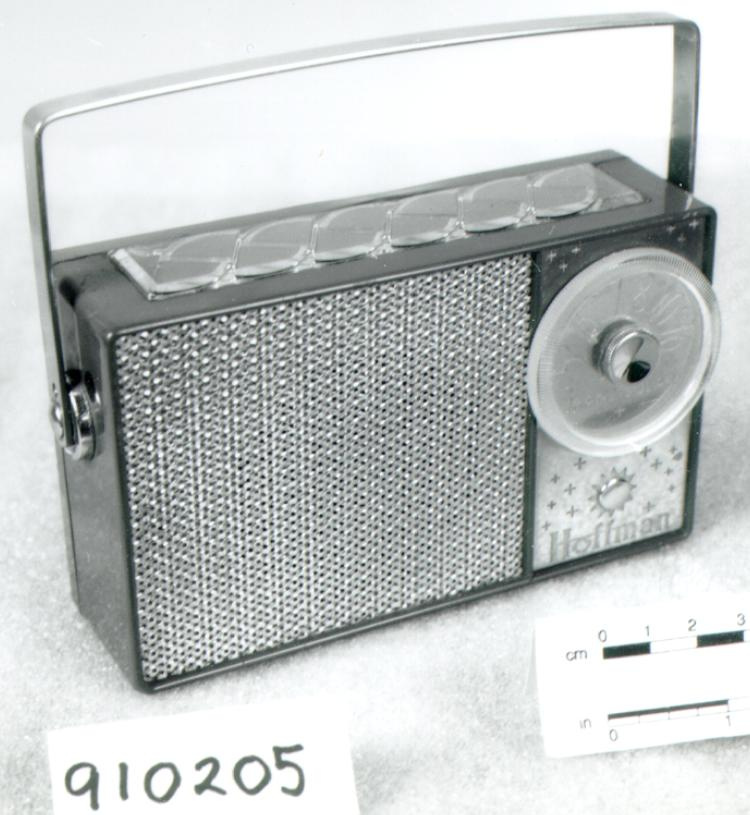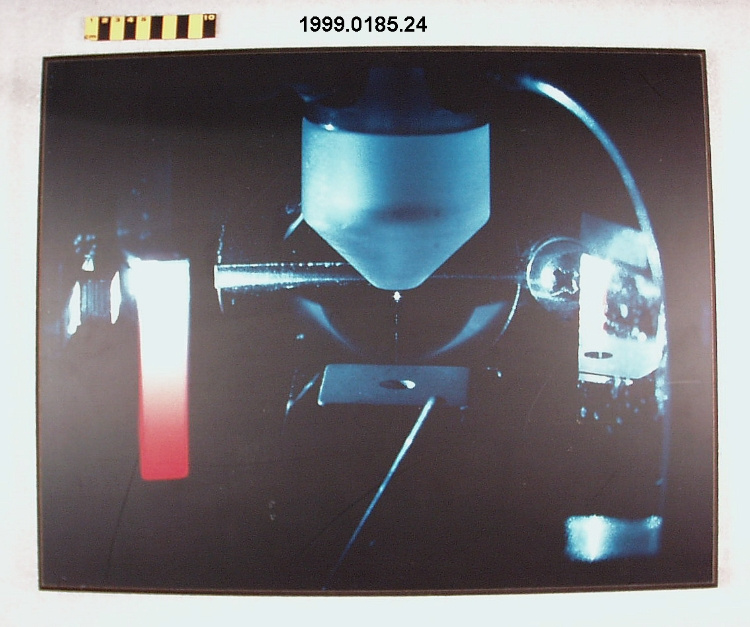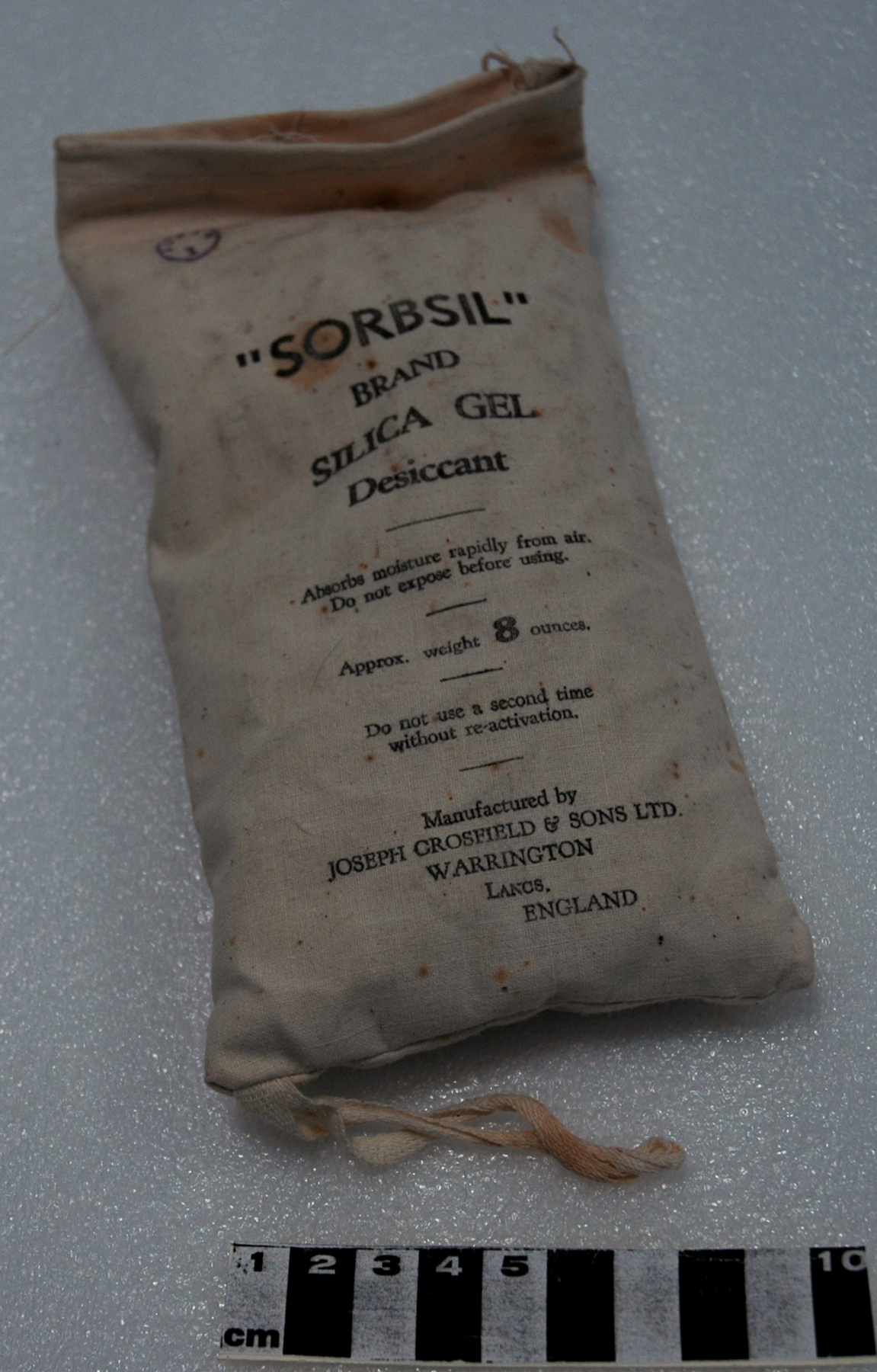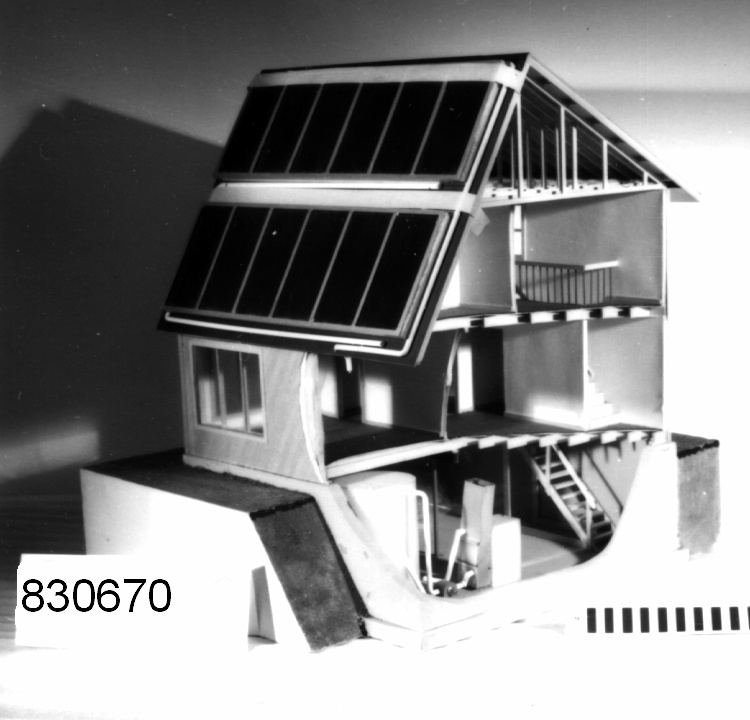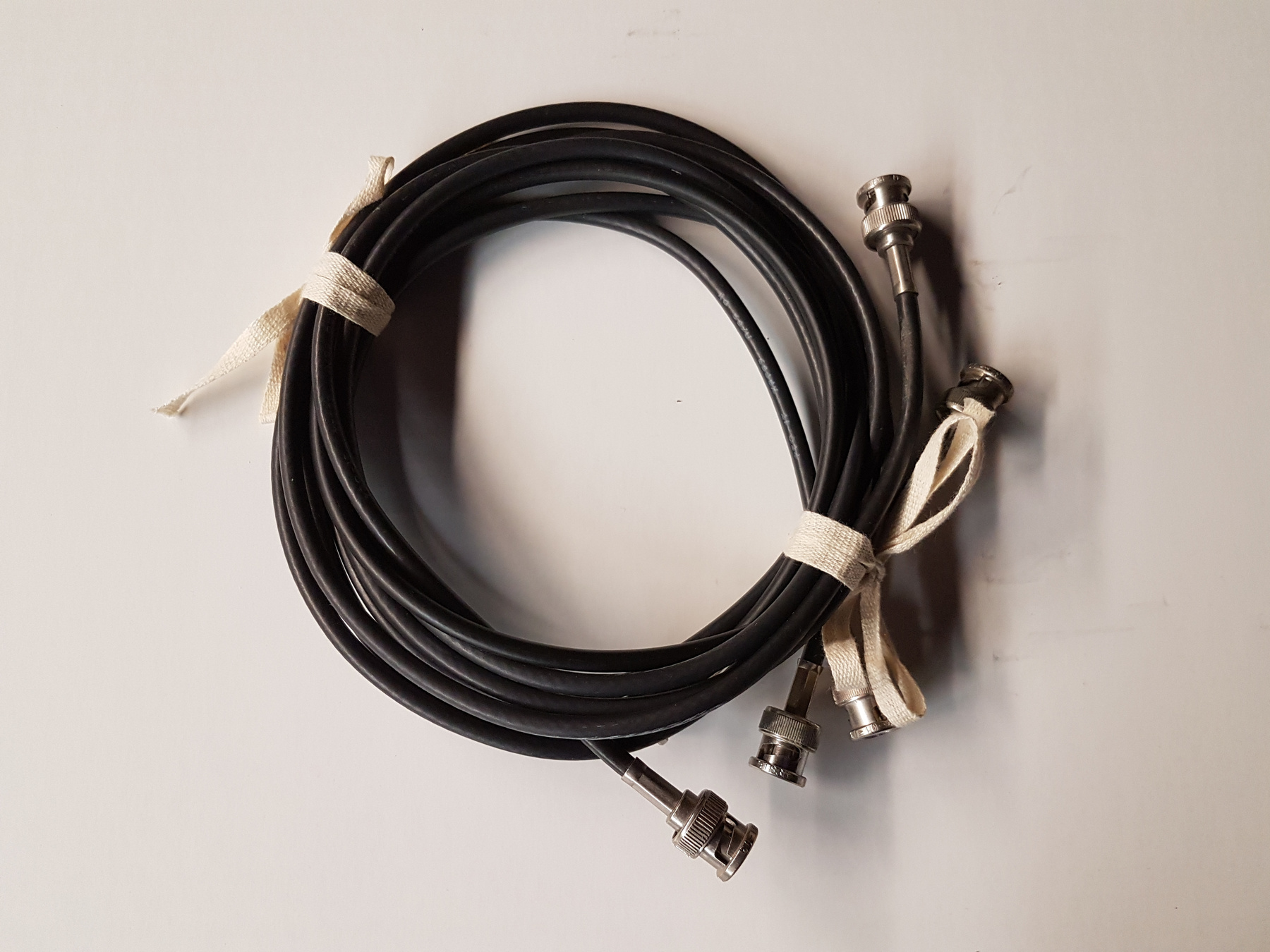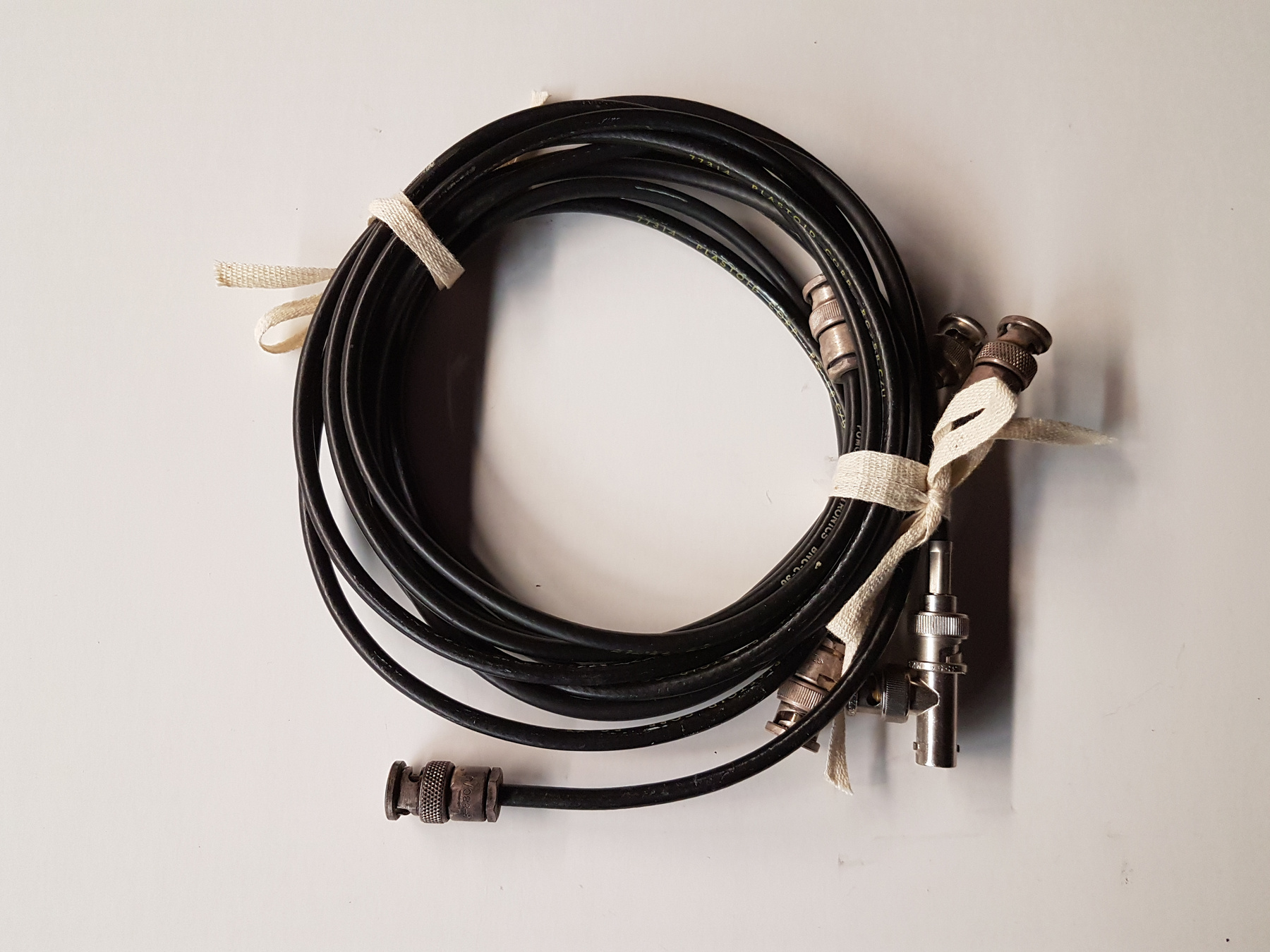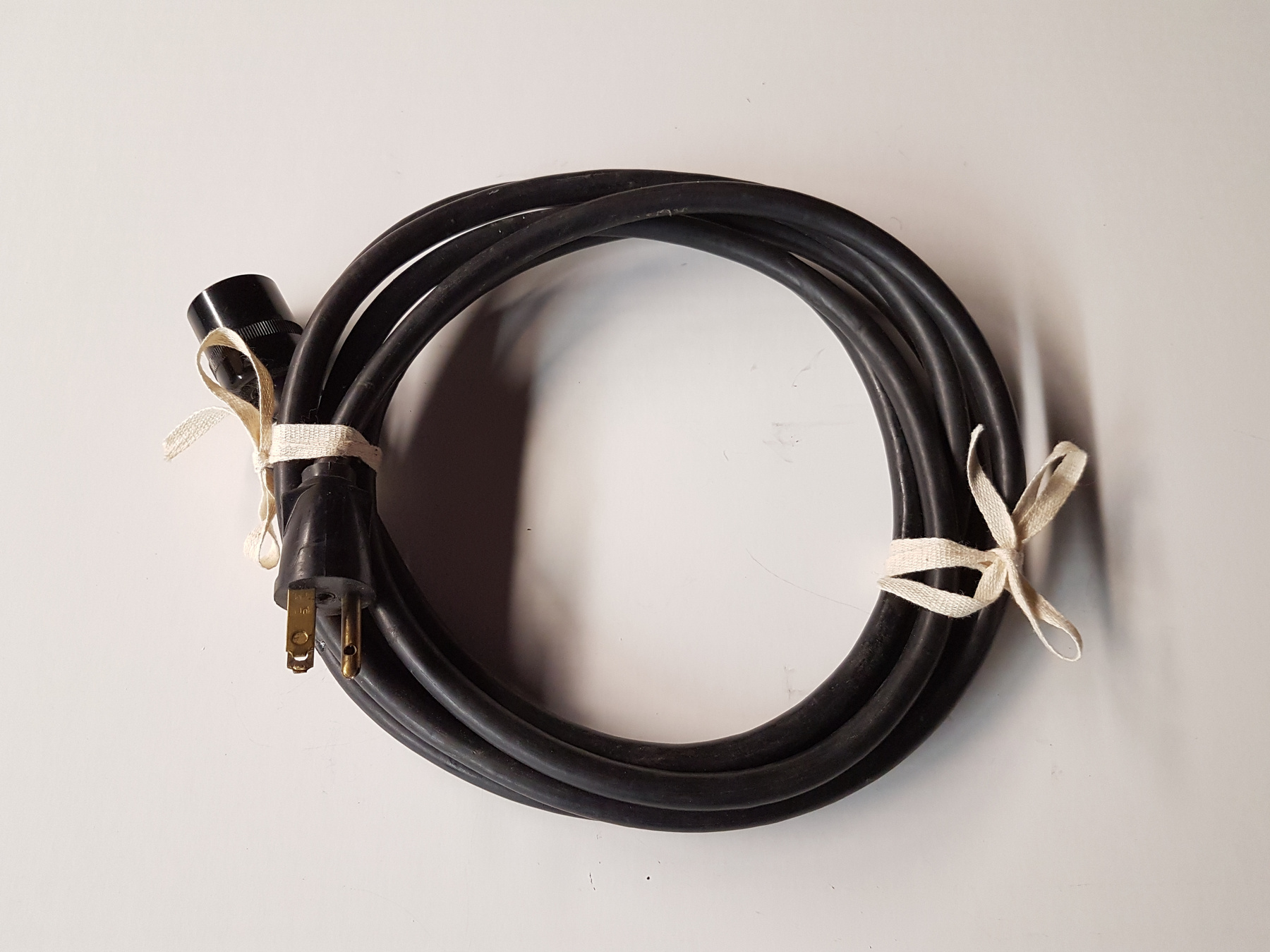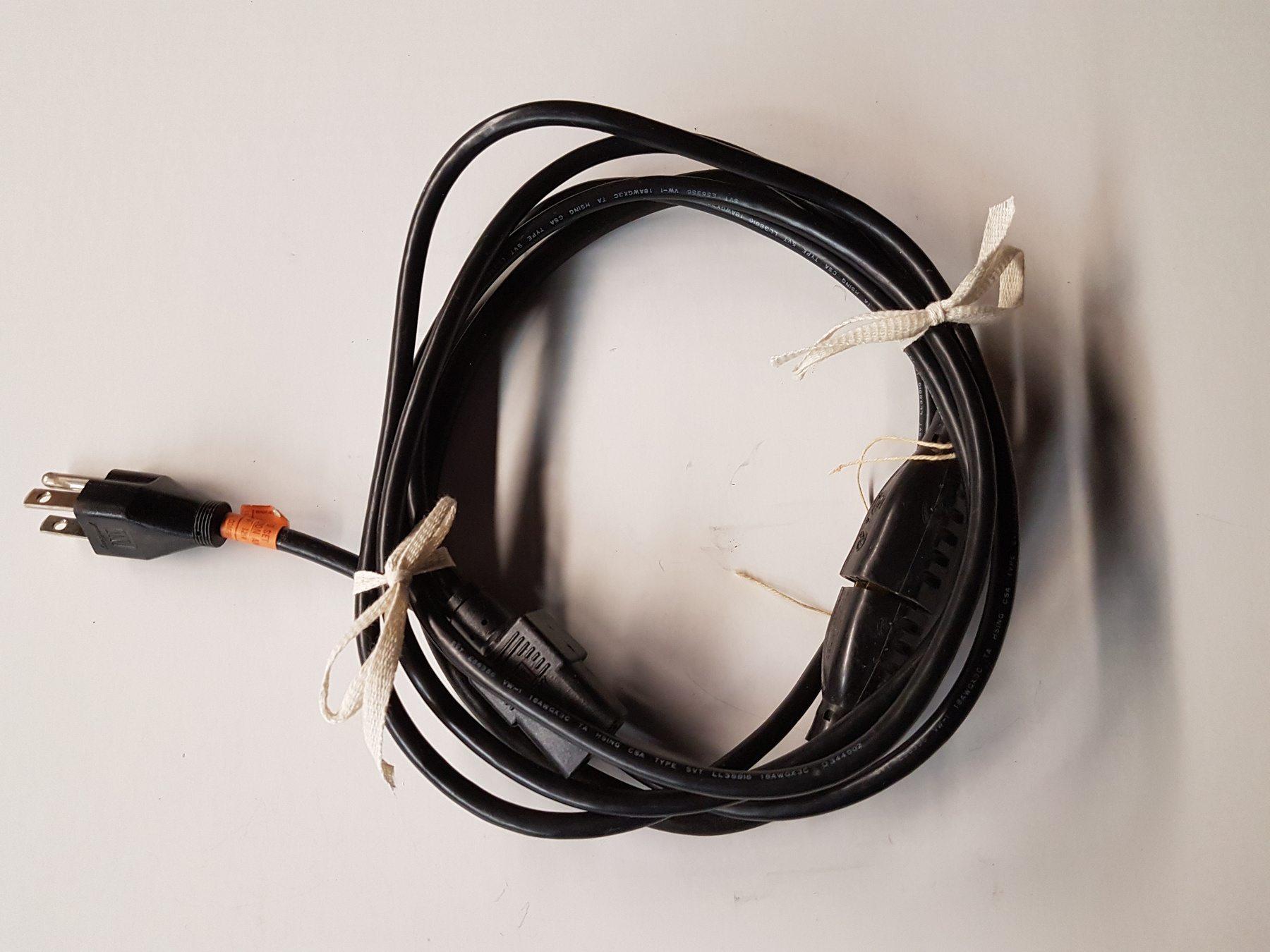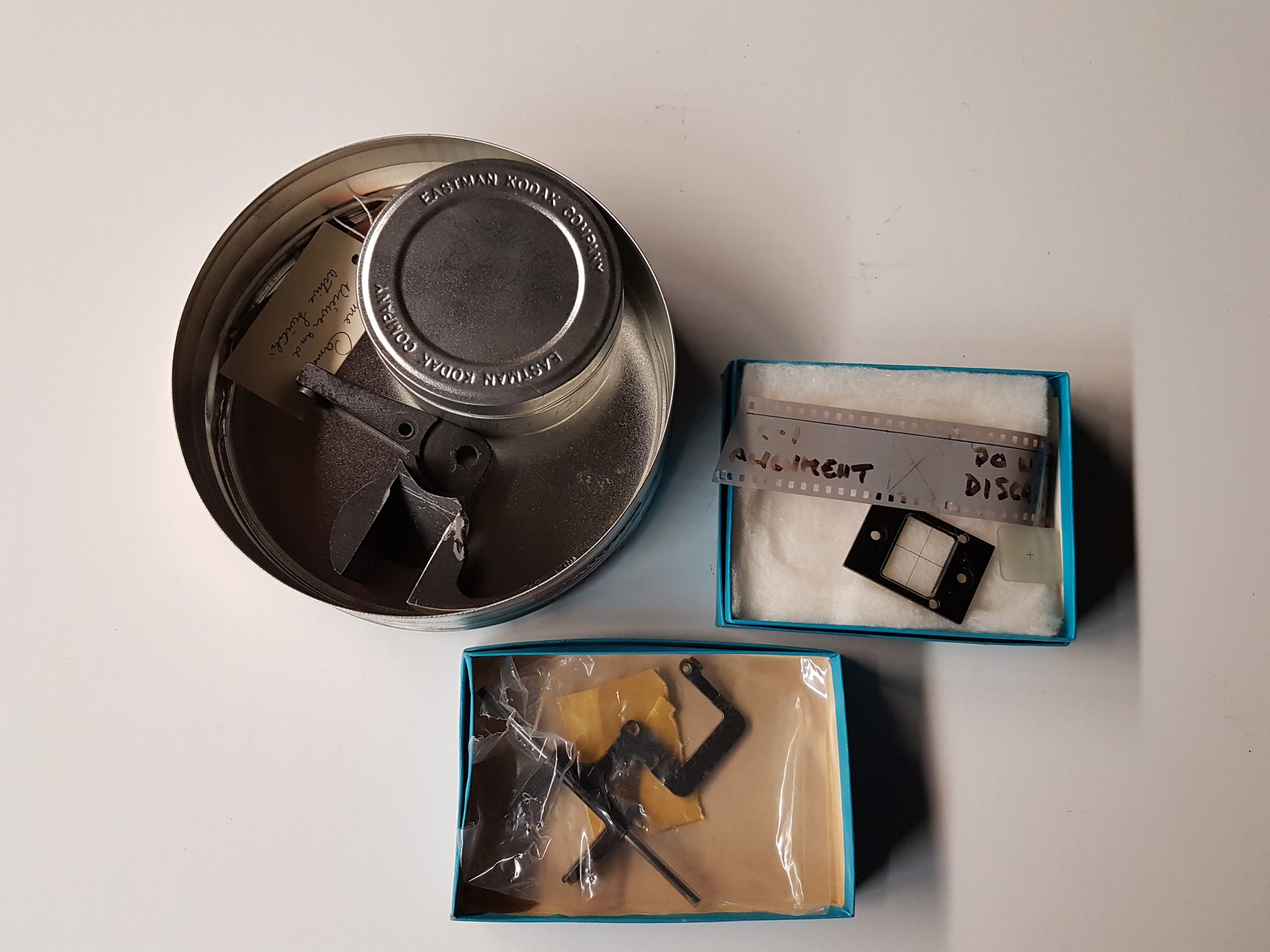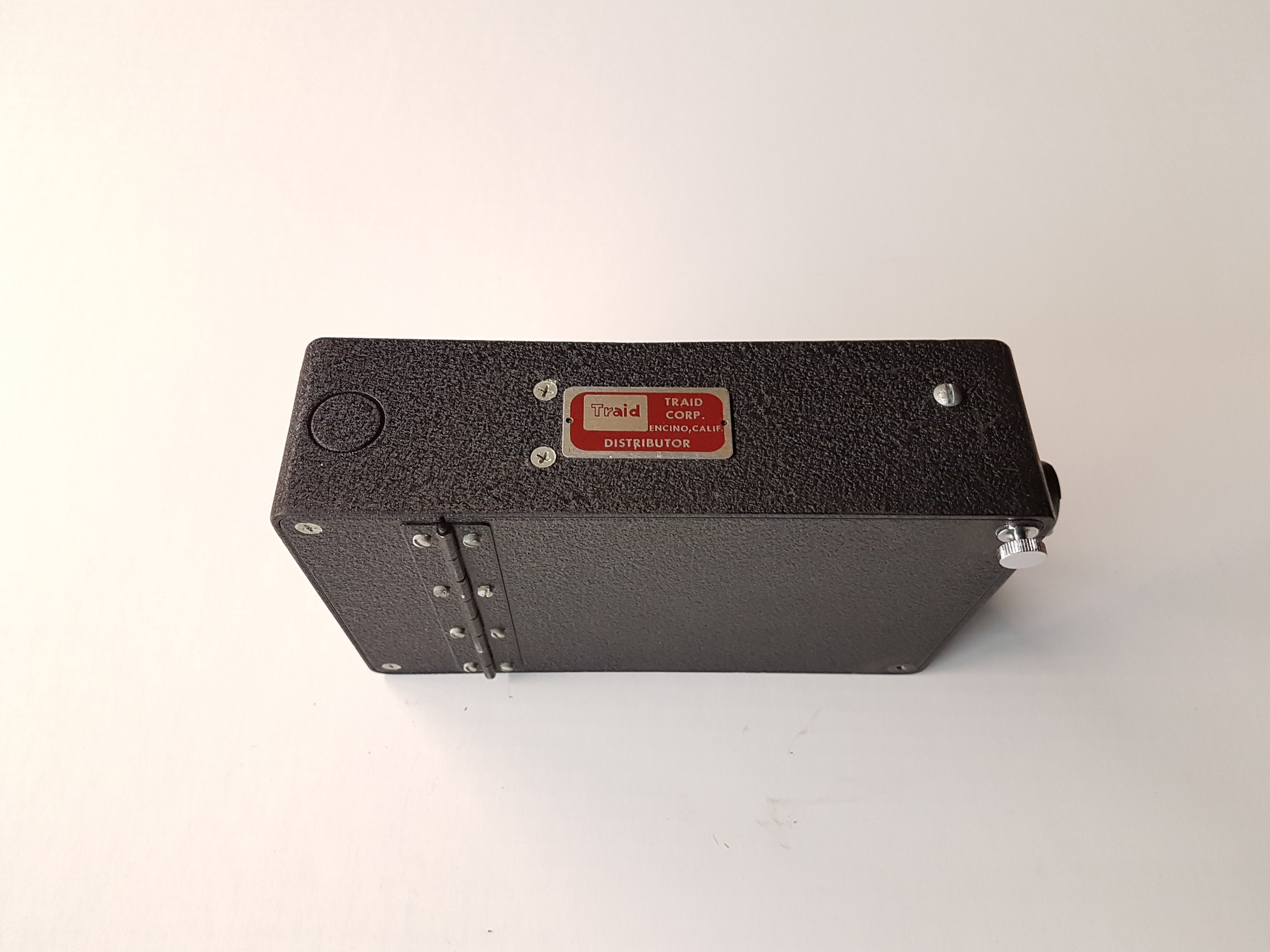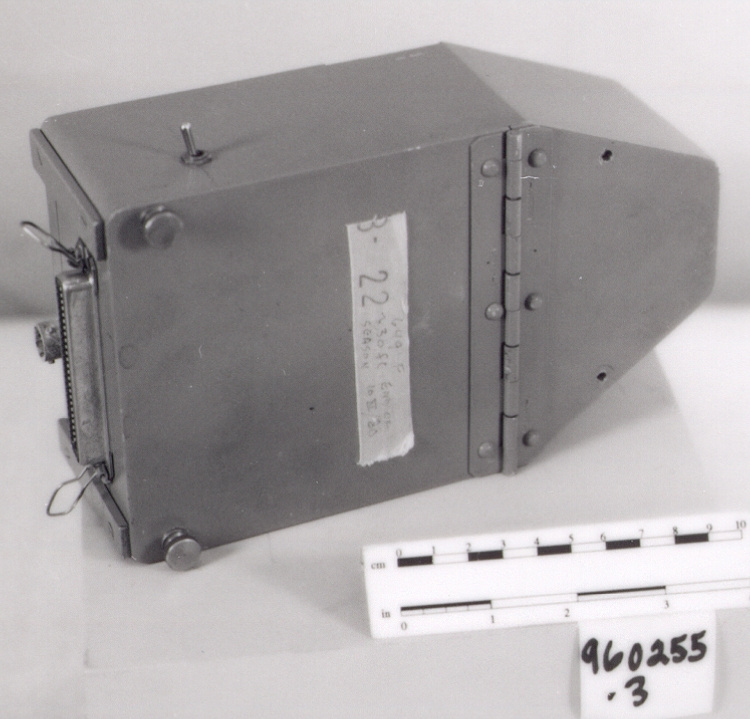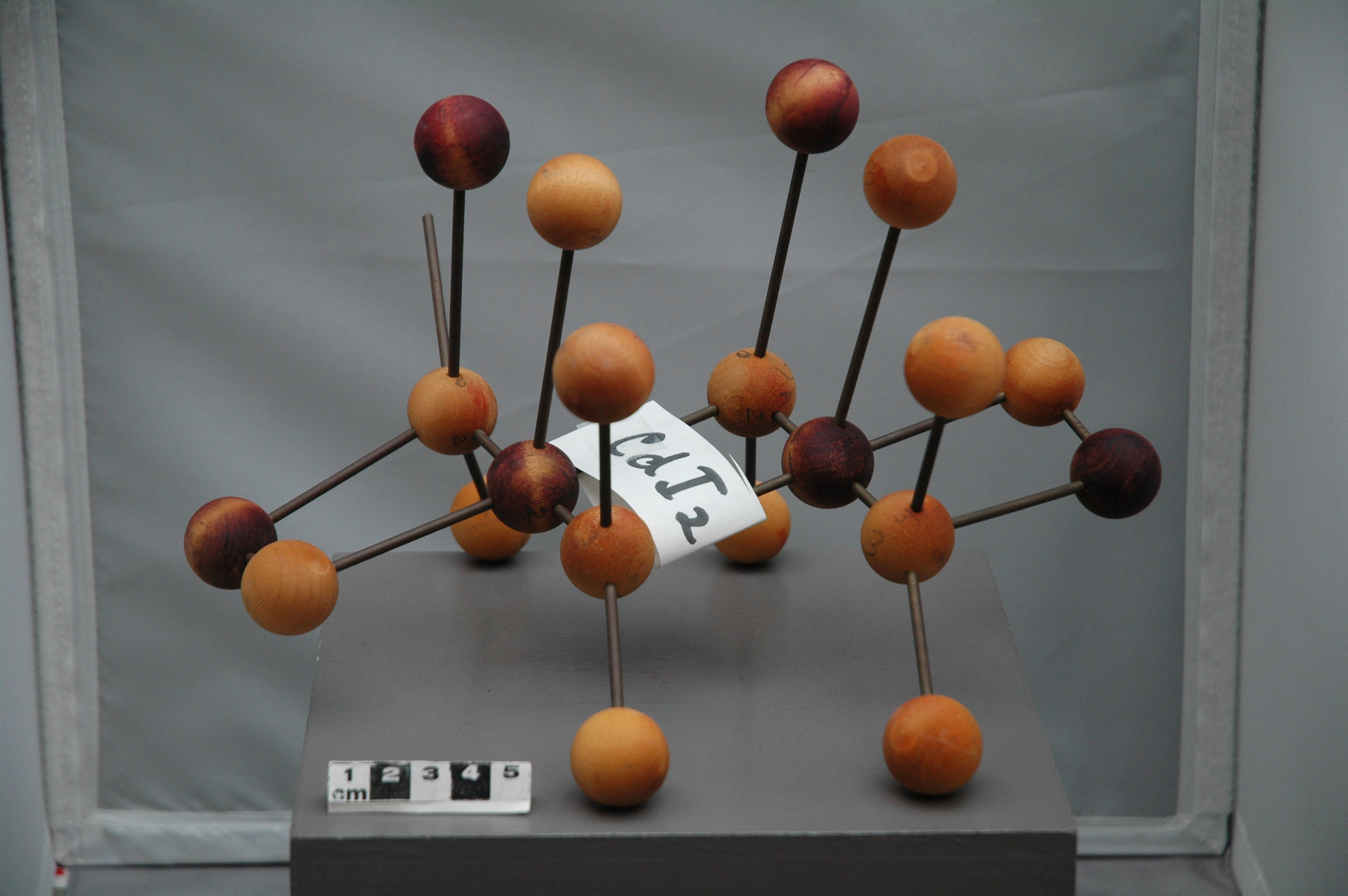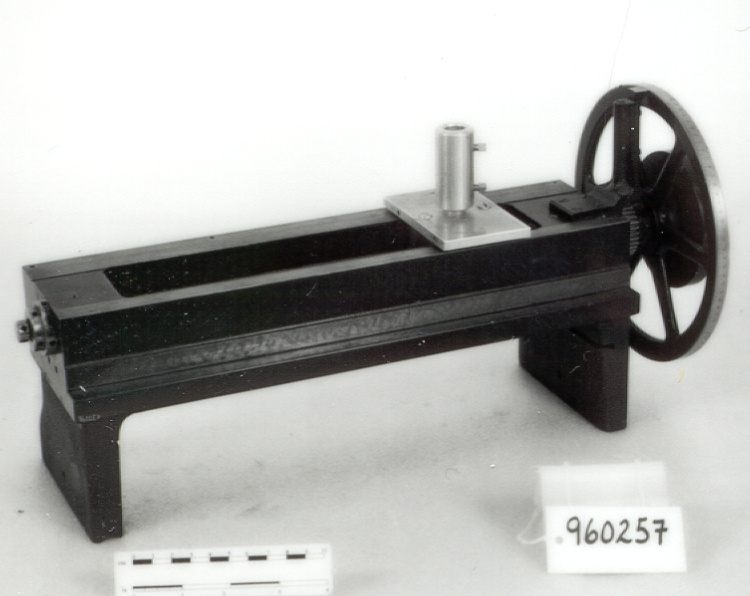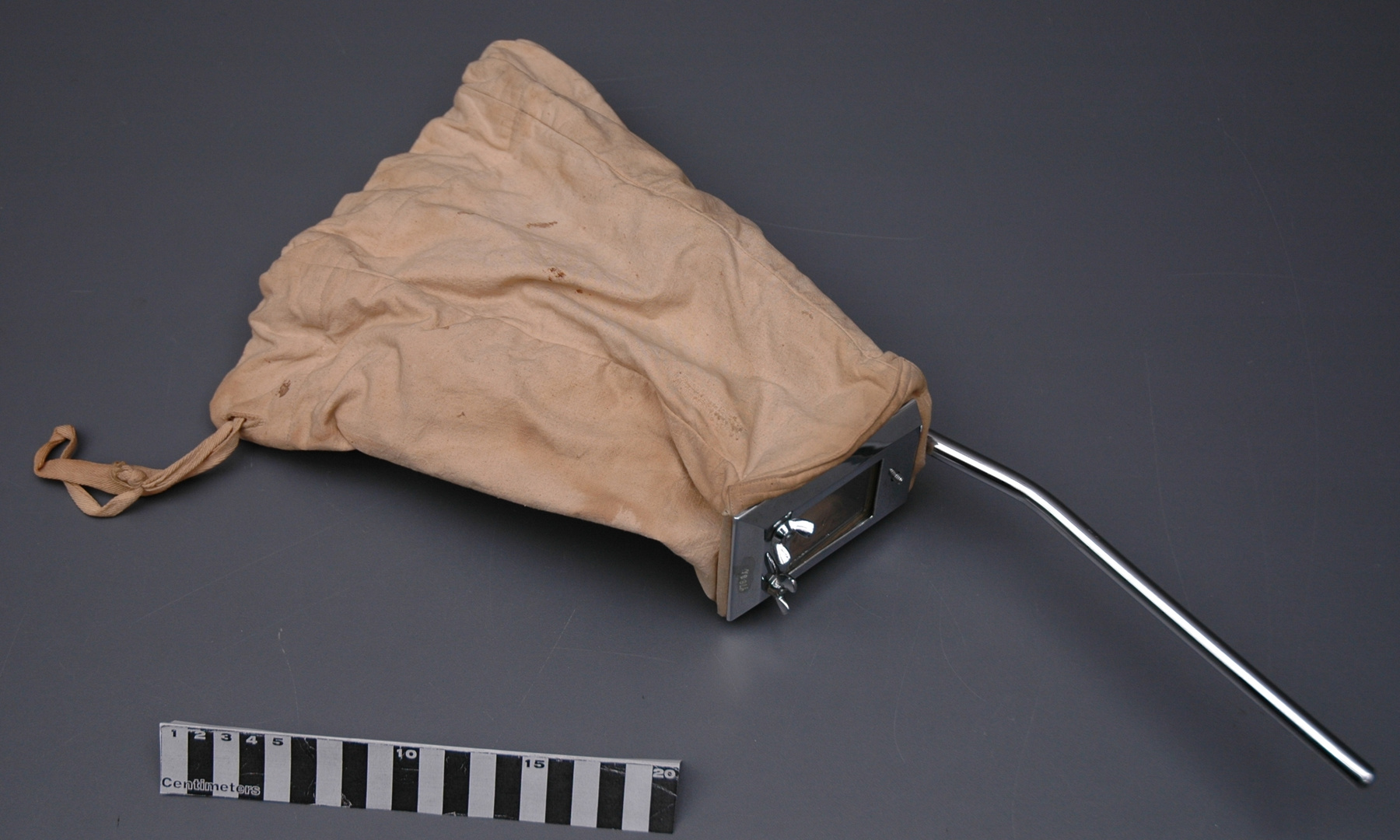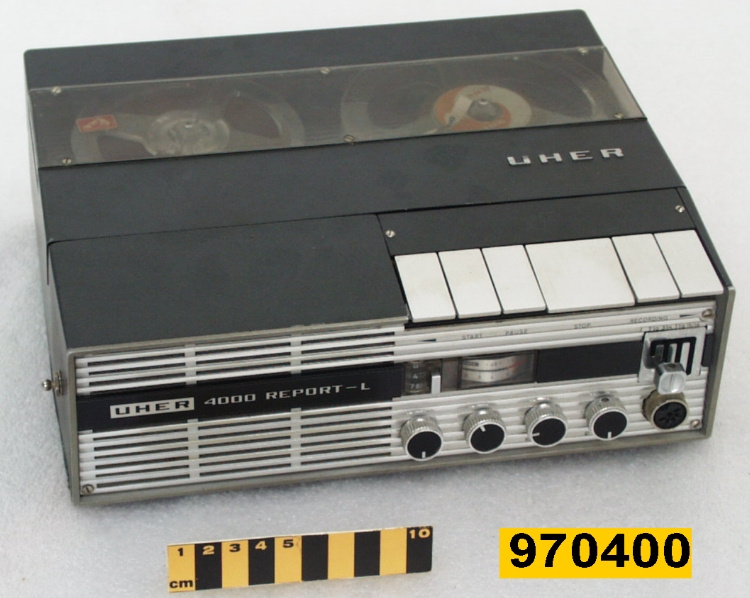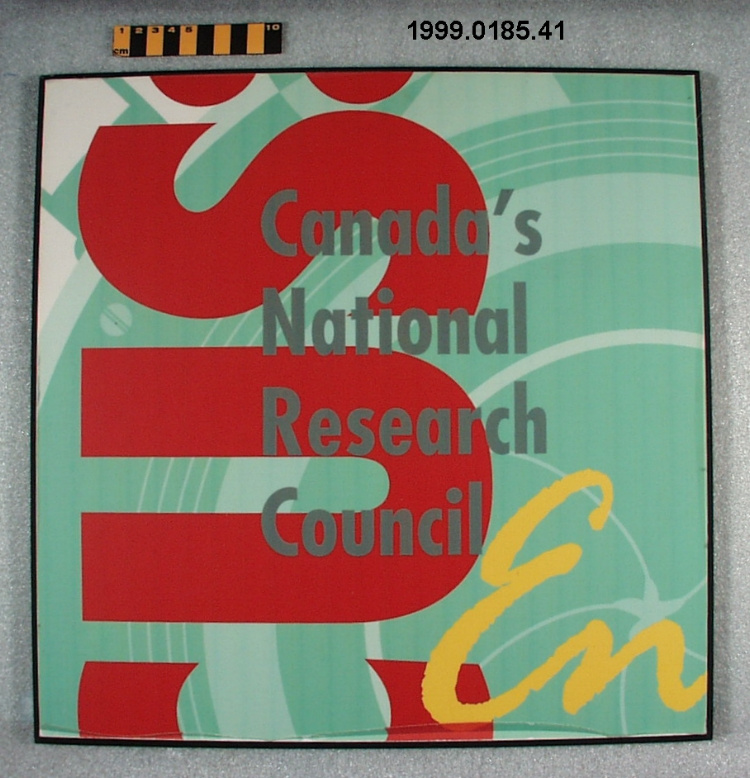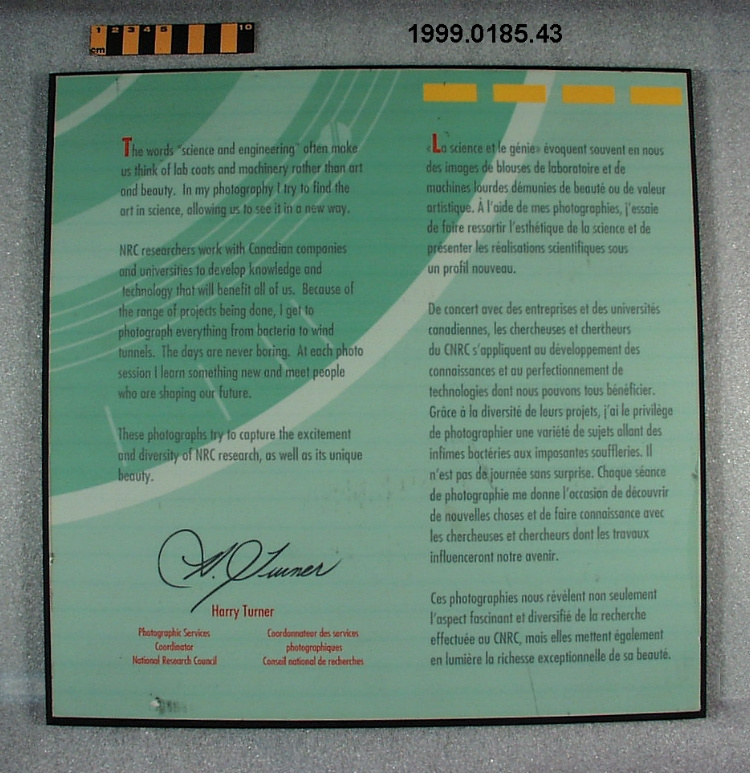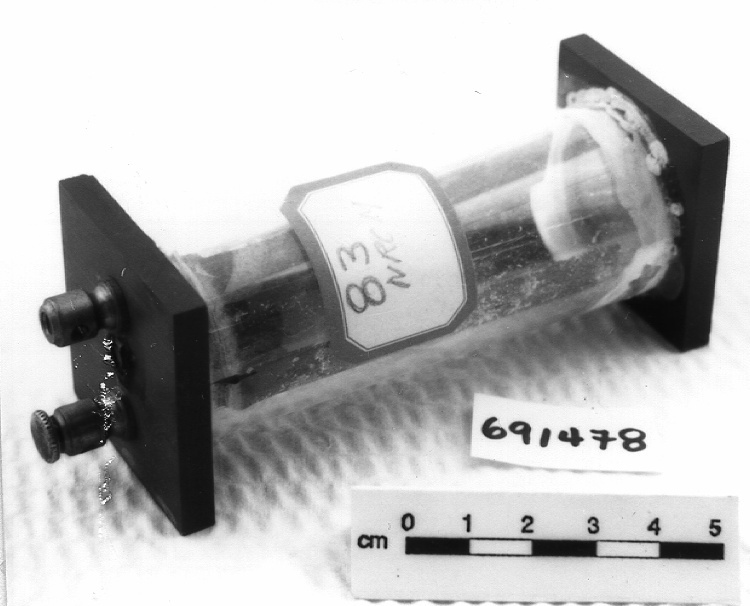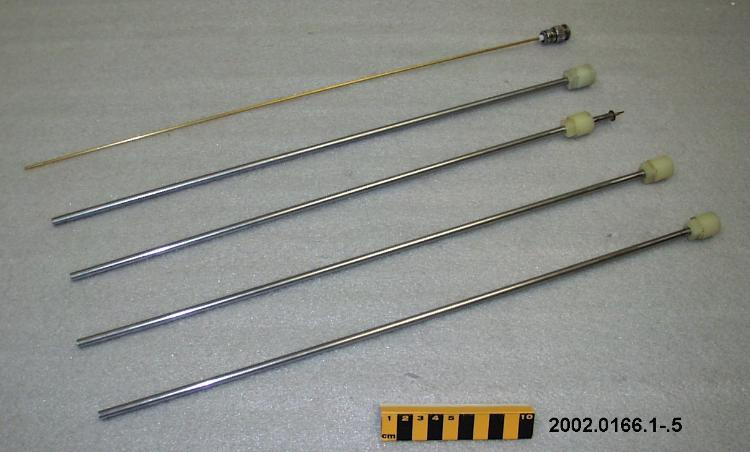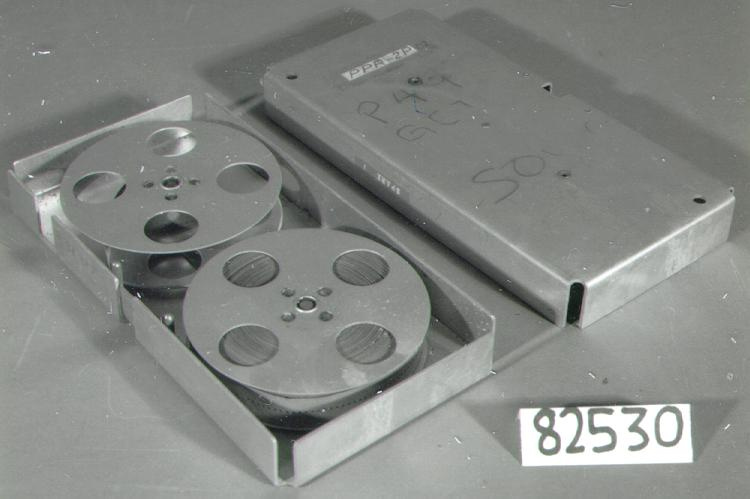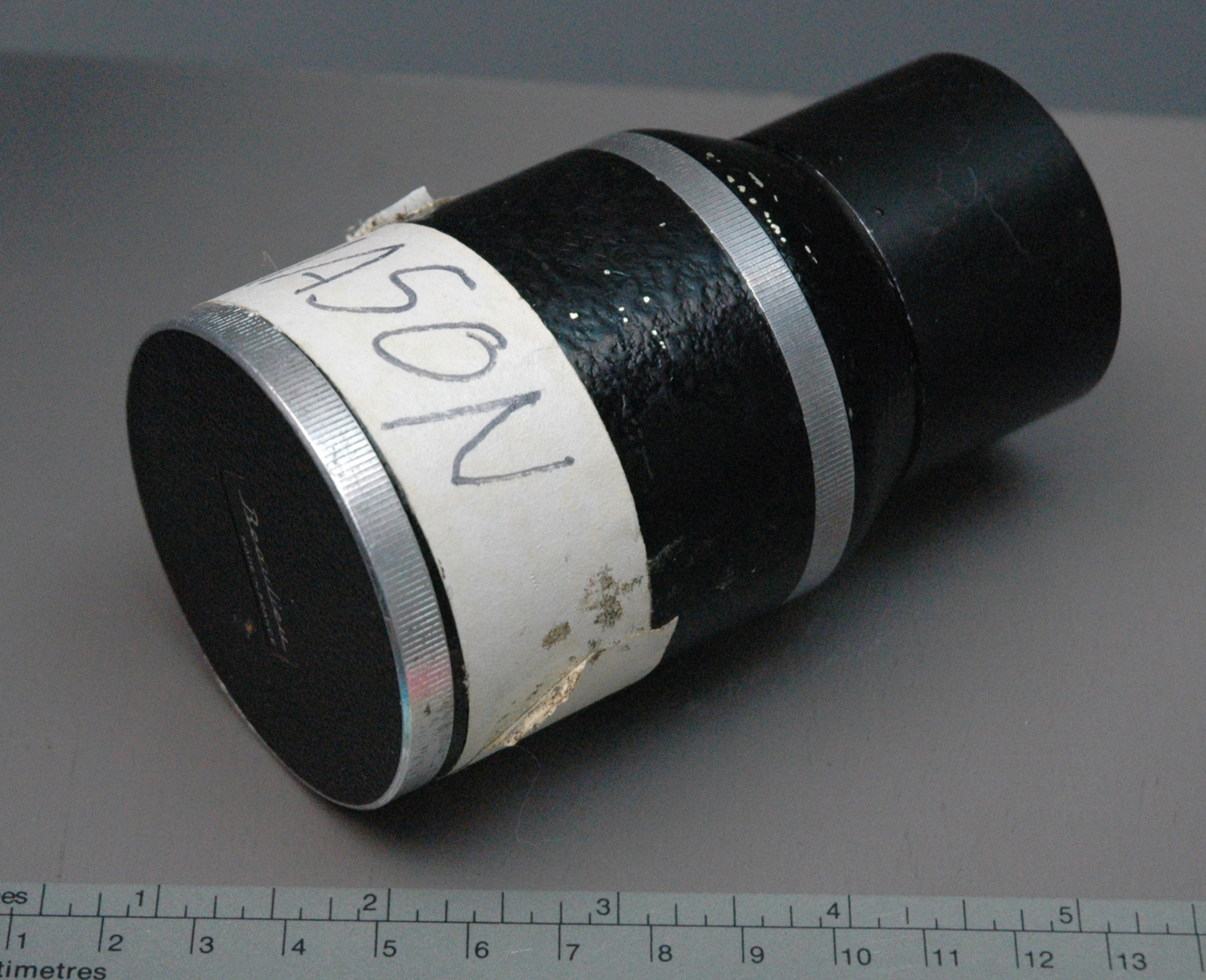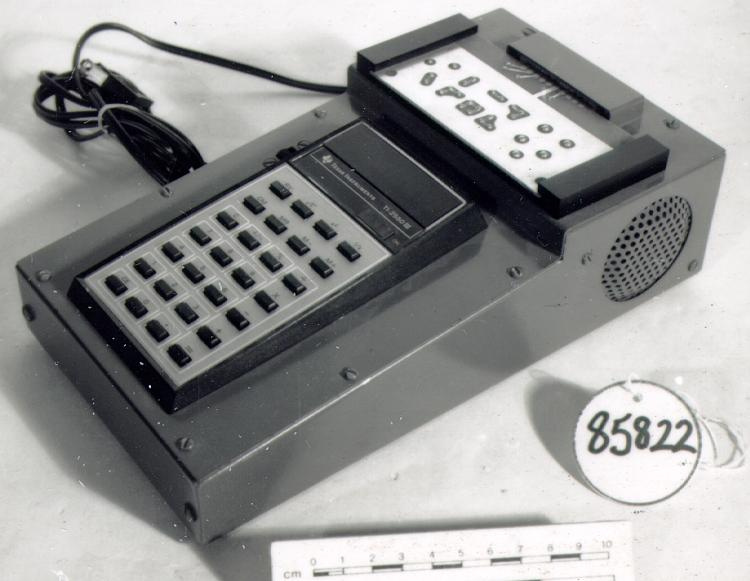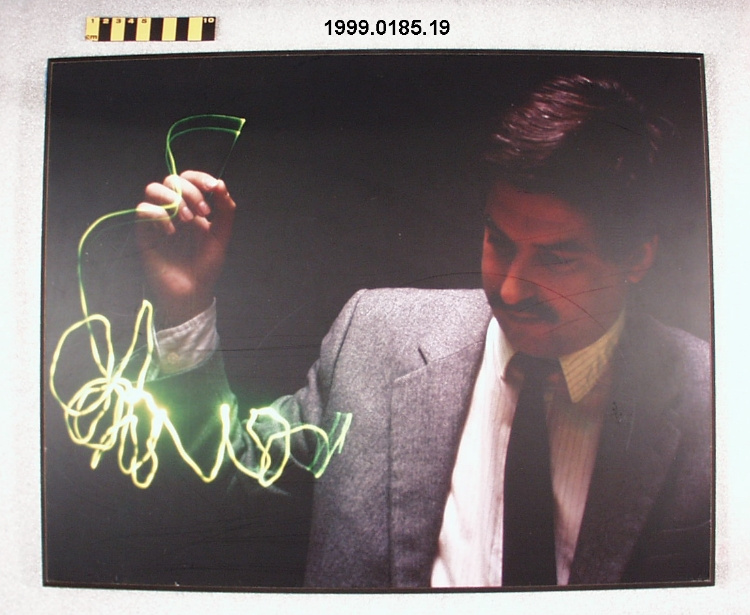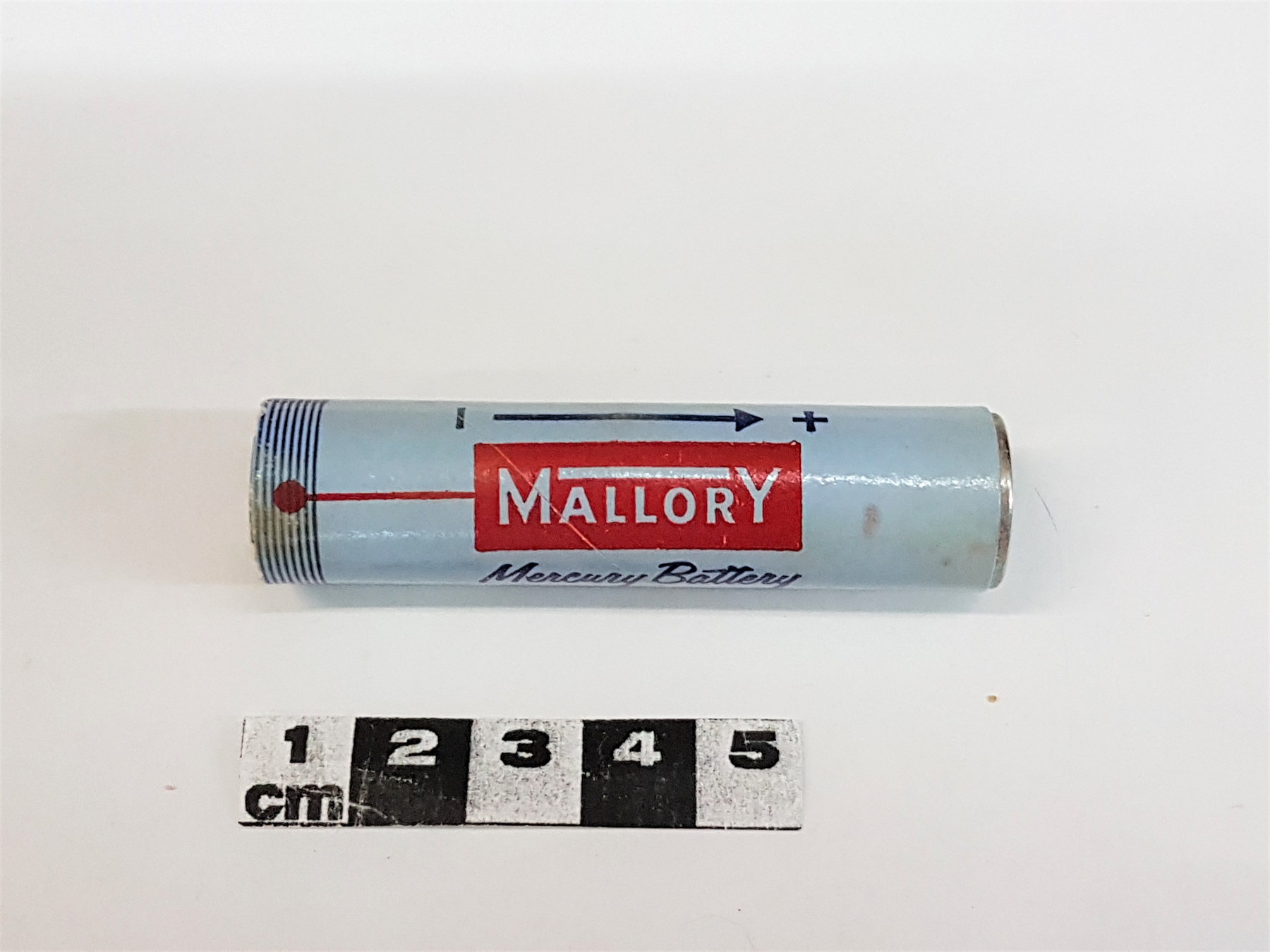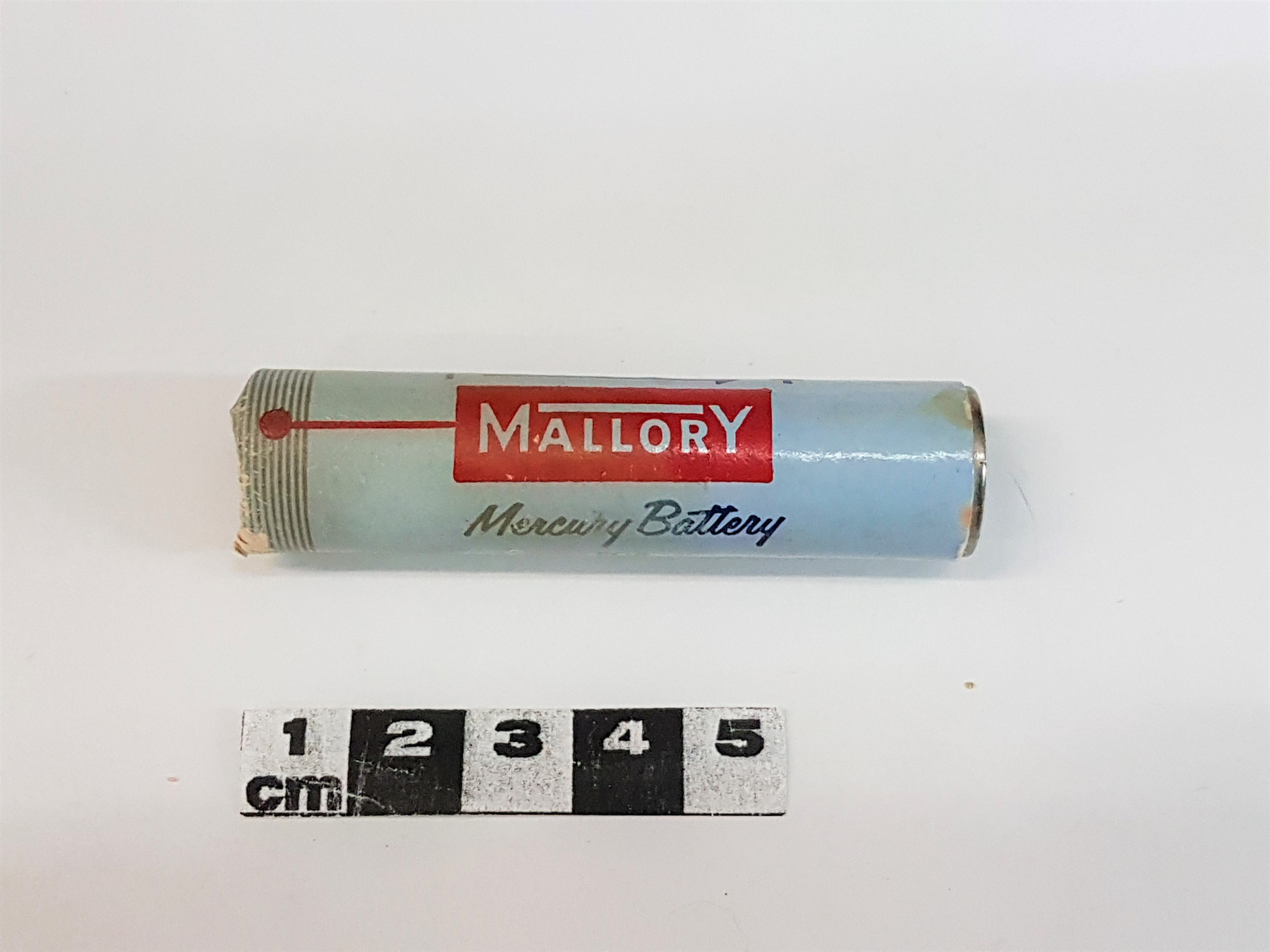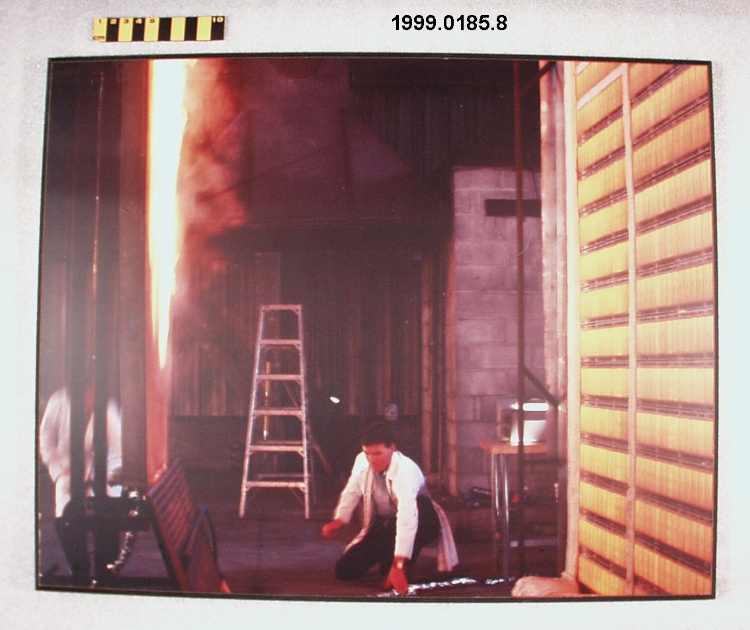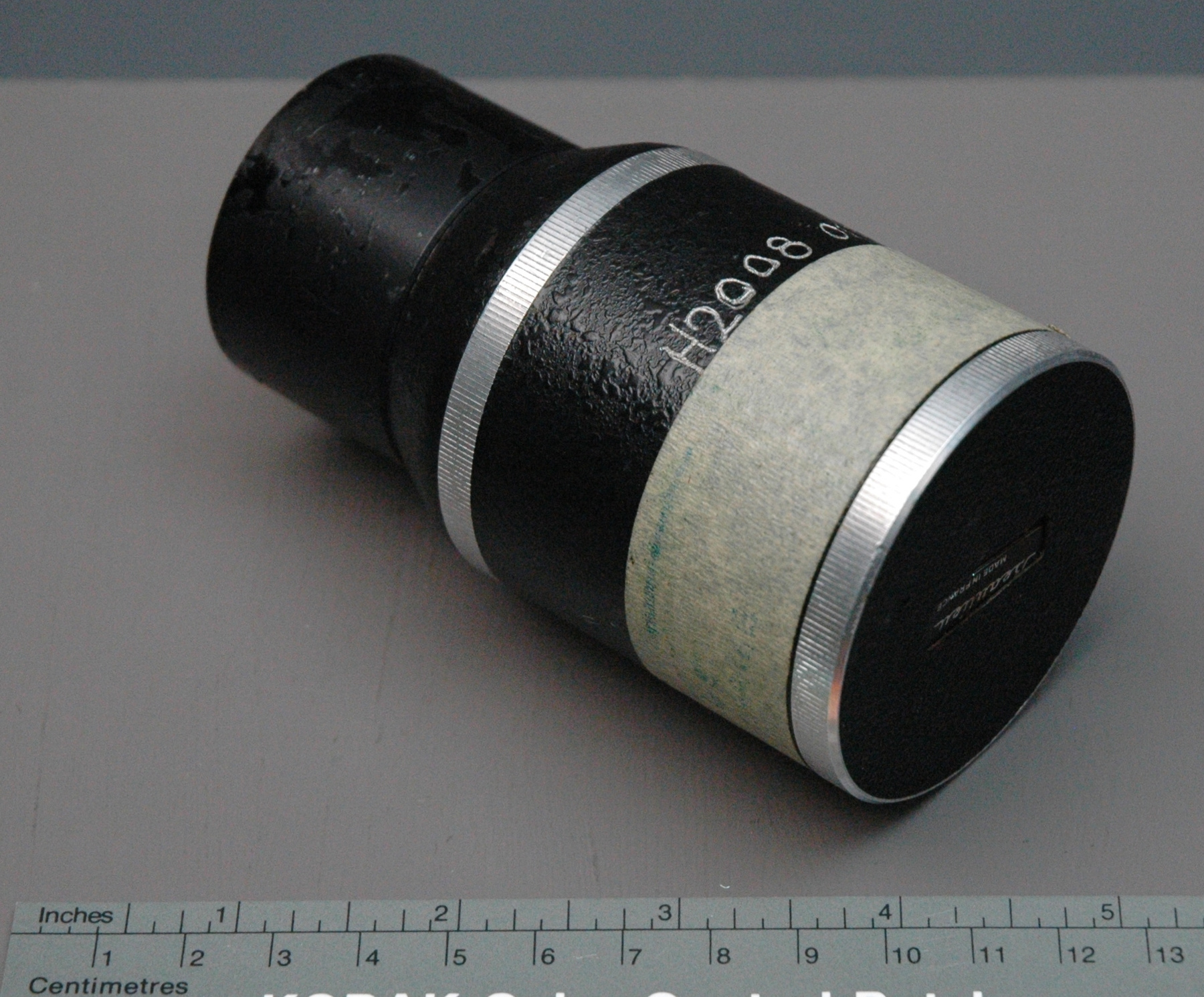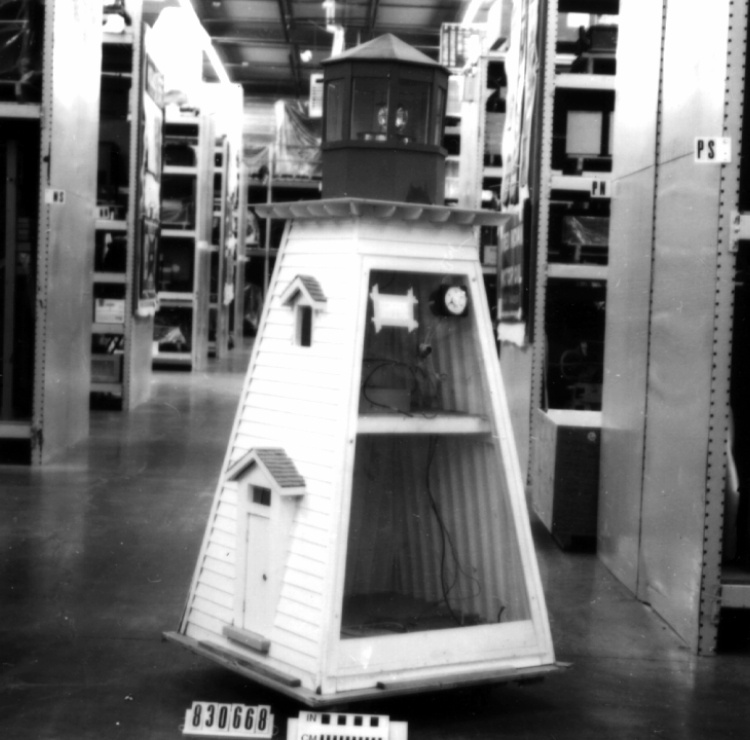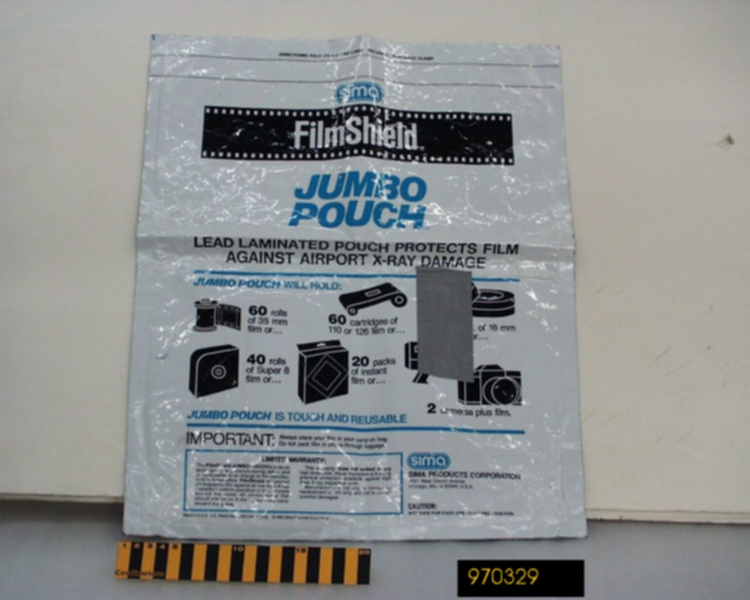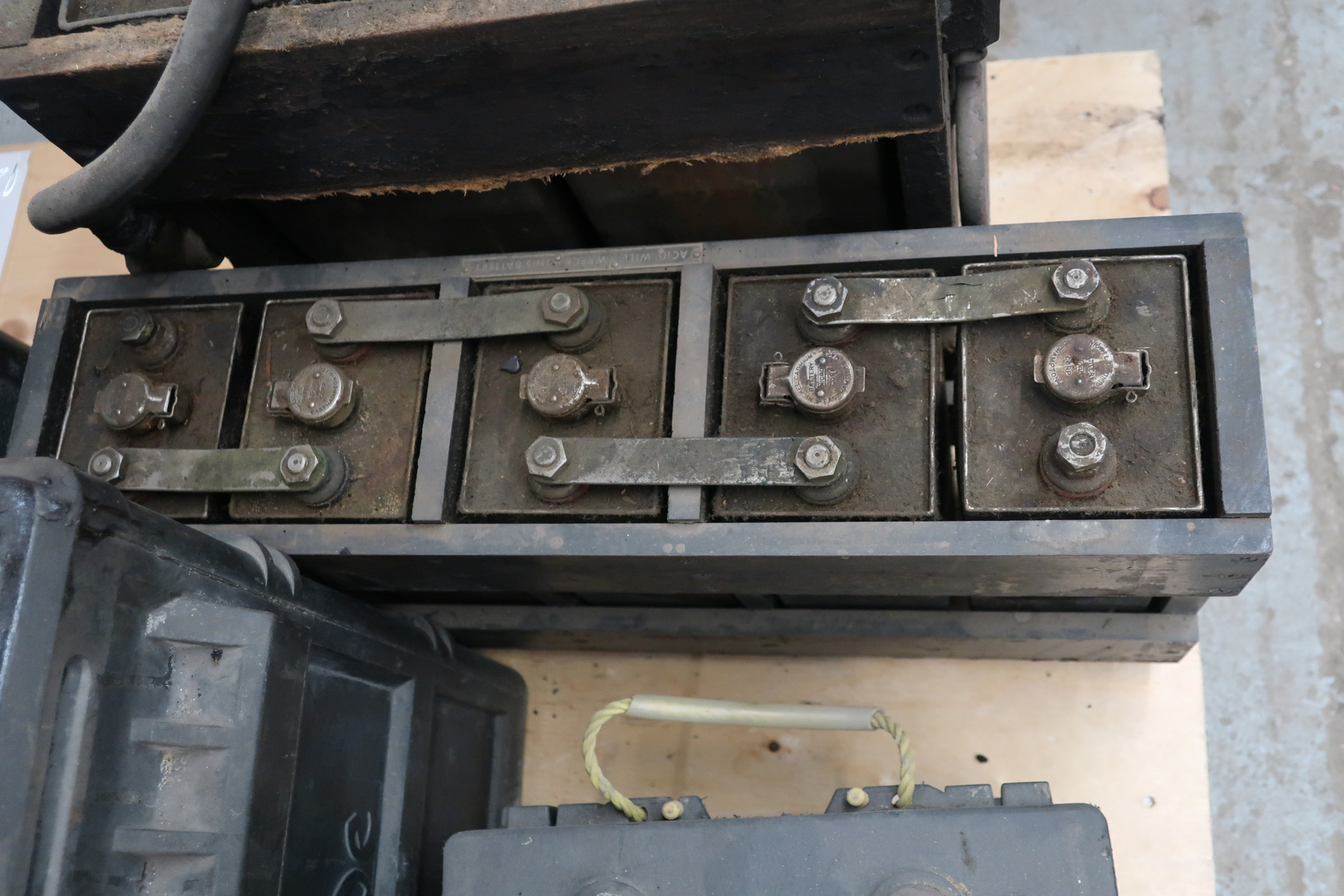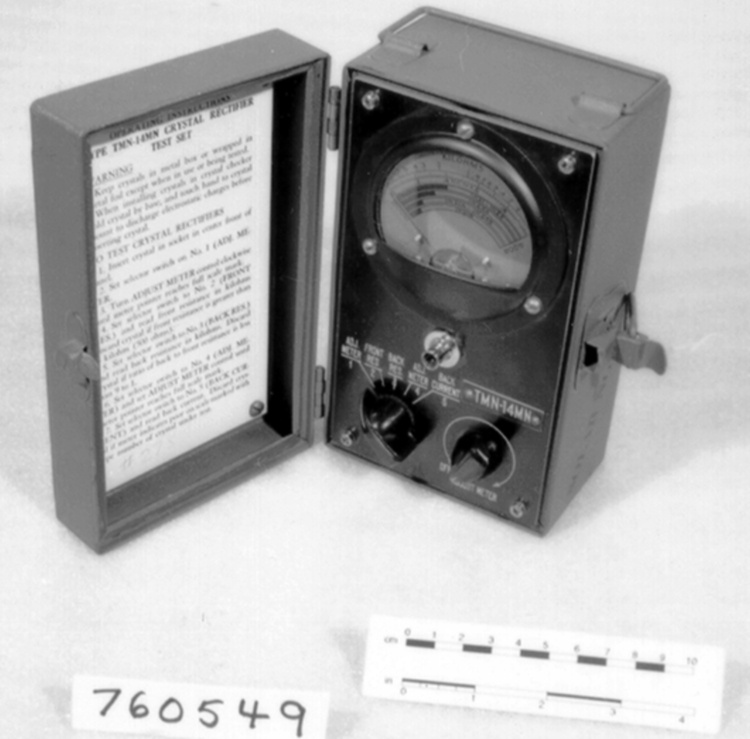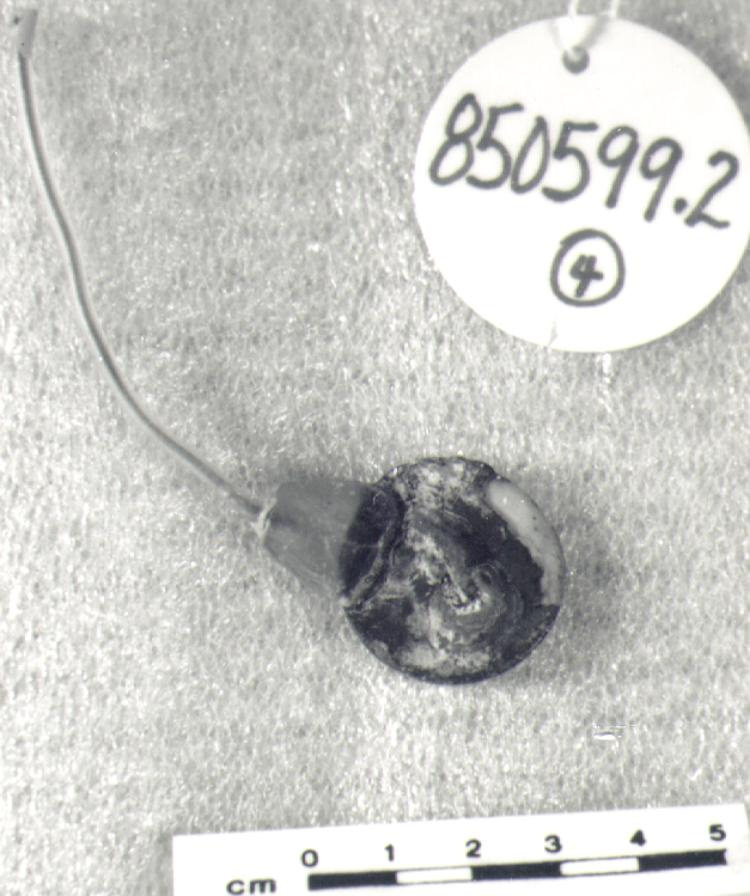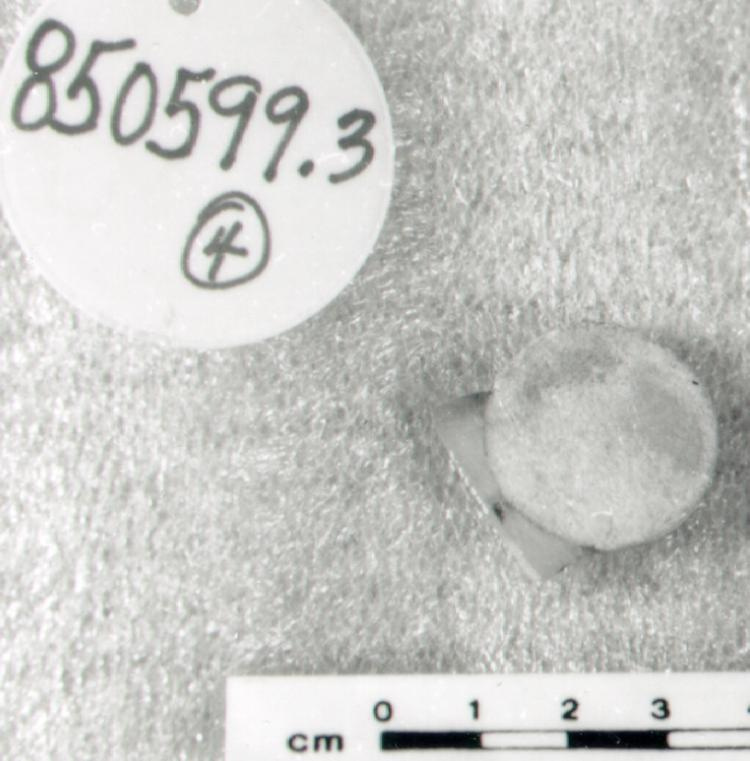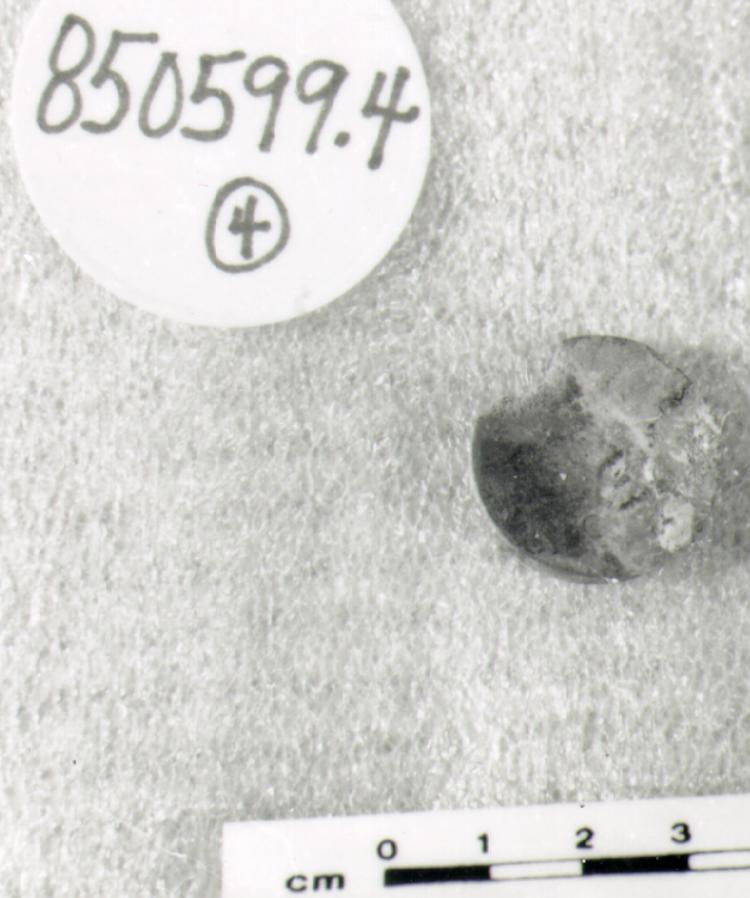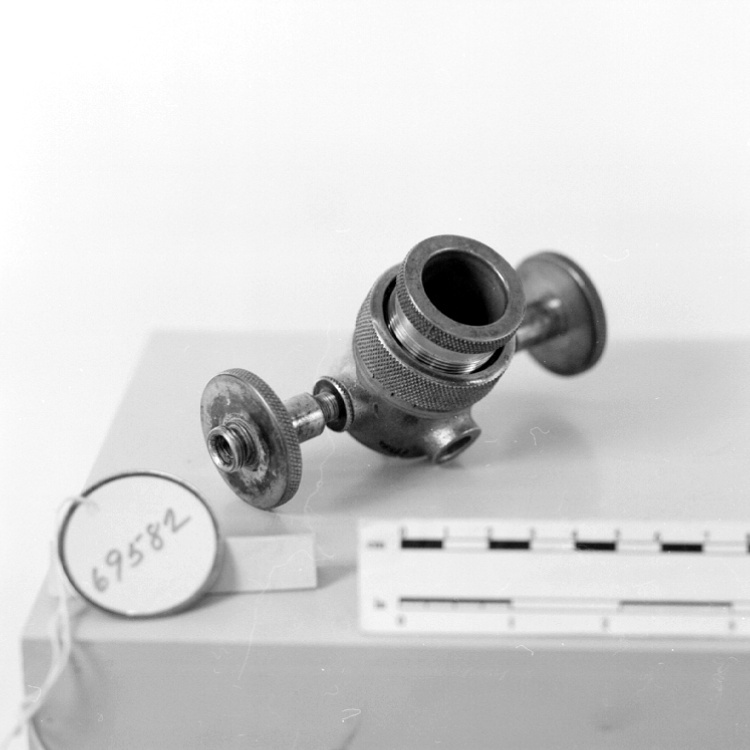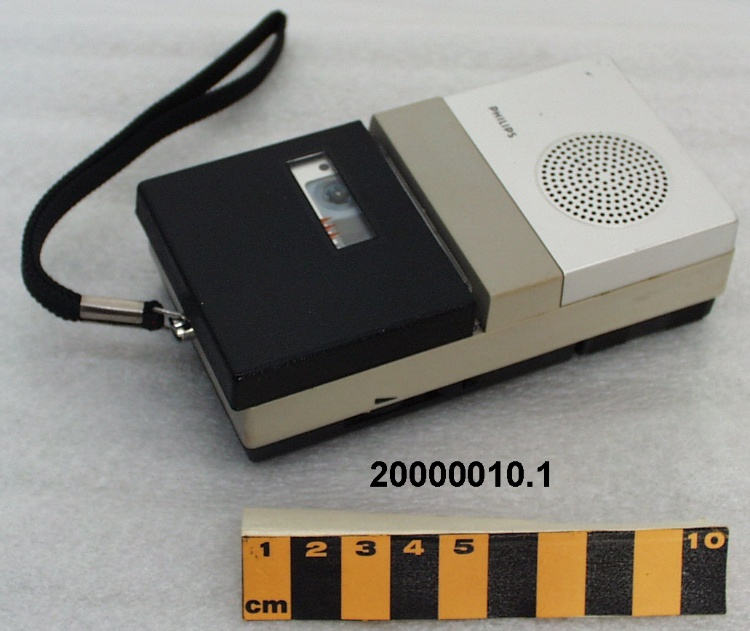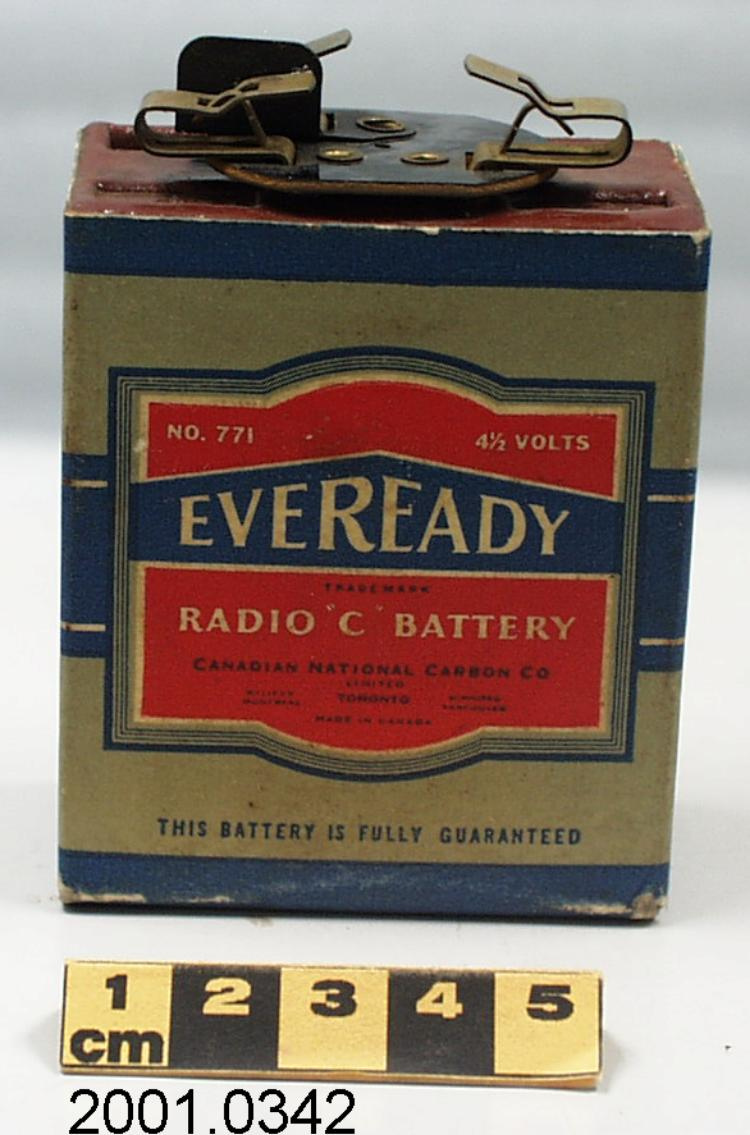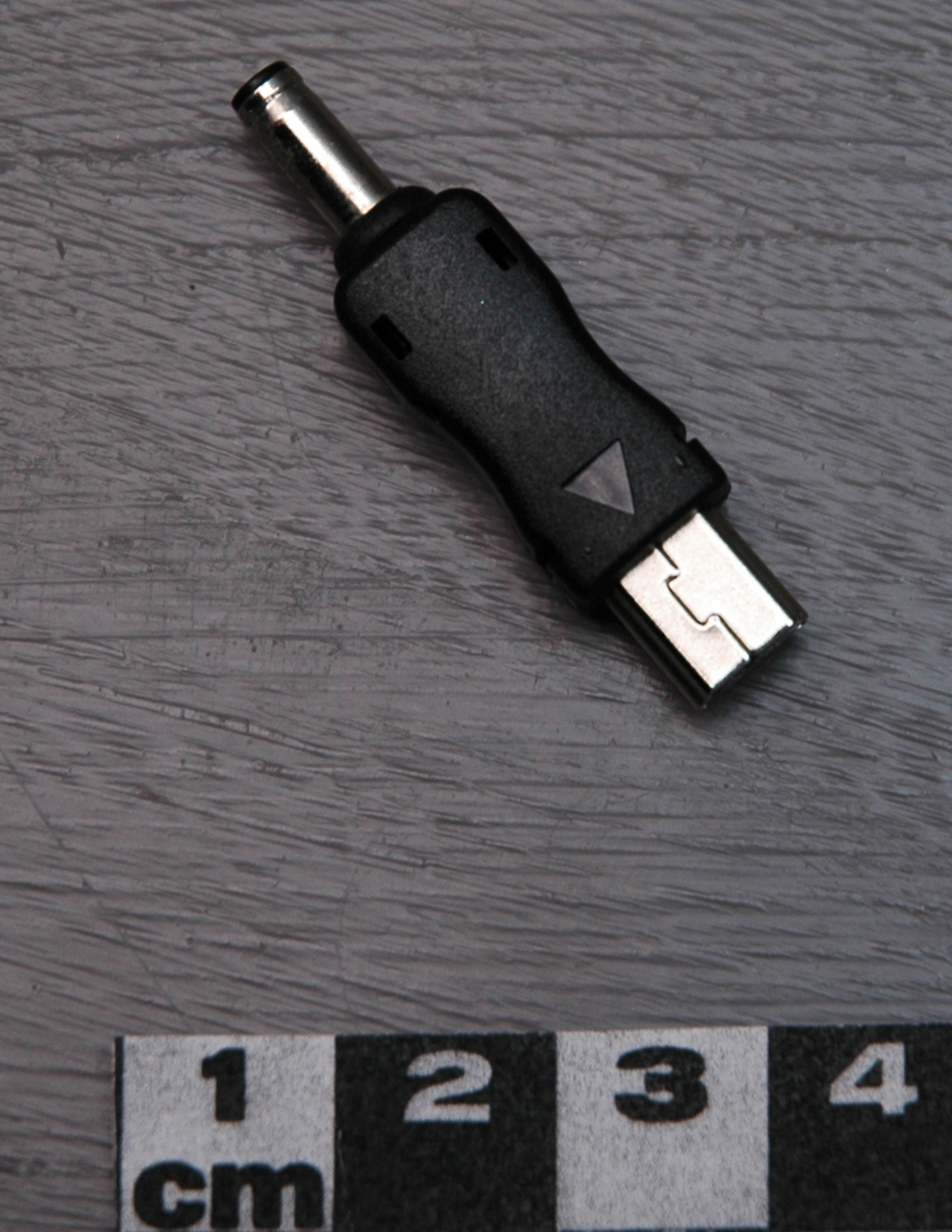Connector
Use this image
Can I reuse this image without permission? Yes
Object images on the Ingenium Collection’s portal have the following Creative Commons license:
Copyright Ingenium / CC BY-NC-ND (Attribution-NonCommercial 4.0 International (CC BY-NC 4.0)
ATTRIBUTE THIS IMAGE
Ingenium,
2011.0004.009
Permalink:
Ingenium is releasing this image under the Creative Commons licensing framework, and encourages downloading and reuse for non-commercial purposes. Please acknowledge Ingenium and cite the artifact number.
DOWNLOAD IMAGEPURCHASE THIS IMAGE
This image is free for non-commercial use.
For commercial use, please consult our Reproduction Fees and contact us to purchase the image.
- OBJECT TYPE
- flat head
- DATE
- 2010
- ARTIFACT NUMBER
- 2011.0004.009
- MANUFACTURER
- Unknown
- MODEL
- Unknown
- LOCATION
- Unknown
More Information
General Information
- Serial #
- N/A
- Part Number
- 9
- Total Parts
- 11
- AKA
- N/A
- Patents
- N/A
- General Description
- synthetic and metal
Dimensions
Note: These reflect the general size for storage and are not necessarily representative of the object's true dimensions.
- Length
- 3.7 cm
- Width
- N/A
- Height
- N/A
- Thickness
- N/A
- Weight
- N/A
- Diameter
- N/A
- Volume
- N/A
Lexicon
- Group
- Energy-electric
- Category
- Generation
- Sub-Category
- N/A
Manufacturer
- AKA
- Unknown
- Country
- Unknown
- State/Province
- Unknown
- City
- Unknown
Context
- Country
- Unknown
- State/Province
- Unknown
- Period
- New/never used.
- Canada
-
R&D in the area of solar energy in Canada was first undertaken in the 1970s at the National Research Council in Ottawa. Although most of the research was directed toward conventional silica solar panels, there was also interest in thin cell technology. However, problems with materials and efficiency of the thin film solar cells made the technology peripheral until the first decade of the 21st century. In the early 2000s, NRC was approached by Konarka, a US company founded in 2001 by a team of scientists at UMass Lowell, led by the late Dr. Sukant Tripathy, an internationally known materials scientist and professor at UMASS Lowell, Dr. Alan Heeger, a 2000 Nobel Laureate in Chemistry and Howard Berke, Konarka's Executive Chairman. The company took over a plant that used to produce Polaroid film and was developing solar cells, which could be printed in the same way that a roll of film. NRC has joined the research, together with École Polytechnique de Montreal. The cells are developed and tested at the NRC lab in Ottawa, and then shipped to Konarka. Konarka prints the cells and sells rolls of panels to manufacturers. Apparently there is a large market and the company can hardly keep up with demand. The panels are incorporated in a variety of products such as laptop bags, handbags, backpacks, and umbrellas, even clothing. The US and the Canadian military are major clients. We have received a cell from the NRC lab, and Konarka is sending us a printed panel; the handbag represents the last step in the process. The object leads to interesting social observations. On one hand, the idea is brilliant, simple and efficient. On another, the user needs to be conscious of the function of the object. When carrying the bag on a shoulder, the owner may automatically turn the solar panel to the body, diminishing the functionality of the solar panel. Also, it is natural to turn the front of the bag away from the body. To allow the battery to function, the back - a less attractive part of the bag - would need to be exposed. Handbag would not function in a car, on a subway, or inside a workplace, so it is definitely designed for a person that walks to work, or spends time outside. Or, it is intended for a specific, but growing market: environmentally conscious, "ecotistical" female citizen (a typical profile of an environmental activist is an upper middle-class, well educated, white woman), who ties her sense of fashion with political statements. [Ref. 1] - Function
-
Specifically, used to connect battery charger/charged battery to electronic device via USB connector. - Technical
-
US researchers experimented with cadmium-telluride, cadmium-sulphide, gallium-arsenide, or amorphous silicon thin film cells as early as the 1960s. In the early 1980s, the solar research community in Canada, mostly centered at NRC, the University of Western Ontario and the École Polytechnique de Montreal believed that the technology was the future of industry. However, the materials were expensive and toxic, and the efficiency of the cells was low. Crystalline cells dominated the photovoltaic market until after the year 2000, when finally thin film cells became competitive. National Research Council in cooperation with research institutions and industry partners is working on a new generation of solar cells: organic-based photovoltaic cells. The goal of the research is to develop efficient, low cost, printable solar cells using a series of proprietary semiconducting polymers. The organic photovoltaic cells have many advantages: materials used to produce them are not very expensive, the cost of fabrication itself is low, and most of all, these light and flexible cells can be printed and incorporated into variety of products. The efficiency of the cells has reached 8.3%. This is still low, comparing to 15%-20% for silica crystalline solar panels, but the efficiency is growing very fast, doubling within the last year. [Ref. 1] - Area Notes
-
Unknown
Details
- Markings
- None evident, save down-pointing directional arrow depicted on casing.
- Missing
- None.
- Finish
- Moulded black synthetic; metal.
- Decoration
- N/A
CITE THIS OBJECT
If you choose to share our information about this collection object, please cite:
Unknown Manufacturer, Connector, circa 2010, Artifact no. 2011.0004, Ingenium – Canada’s Museums of Science and Innovation, http://collection.ingeniumcanada.org/en/id/2011.0004.009/
FEEDBACK
Submit a question or comment about this artifact.
More Like This
